Best small telescopes 2025: Portable and lightweight
Our picks of the best small telescopes are all under 10kg, making them perfect for traveling to dark sky sites — check out the best models.
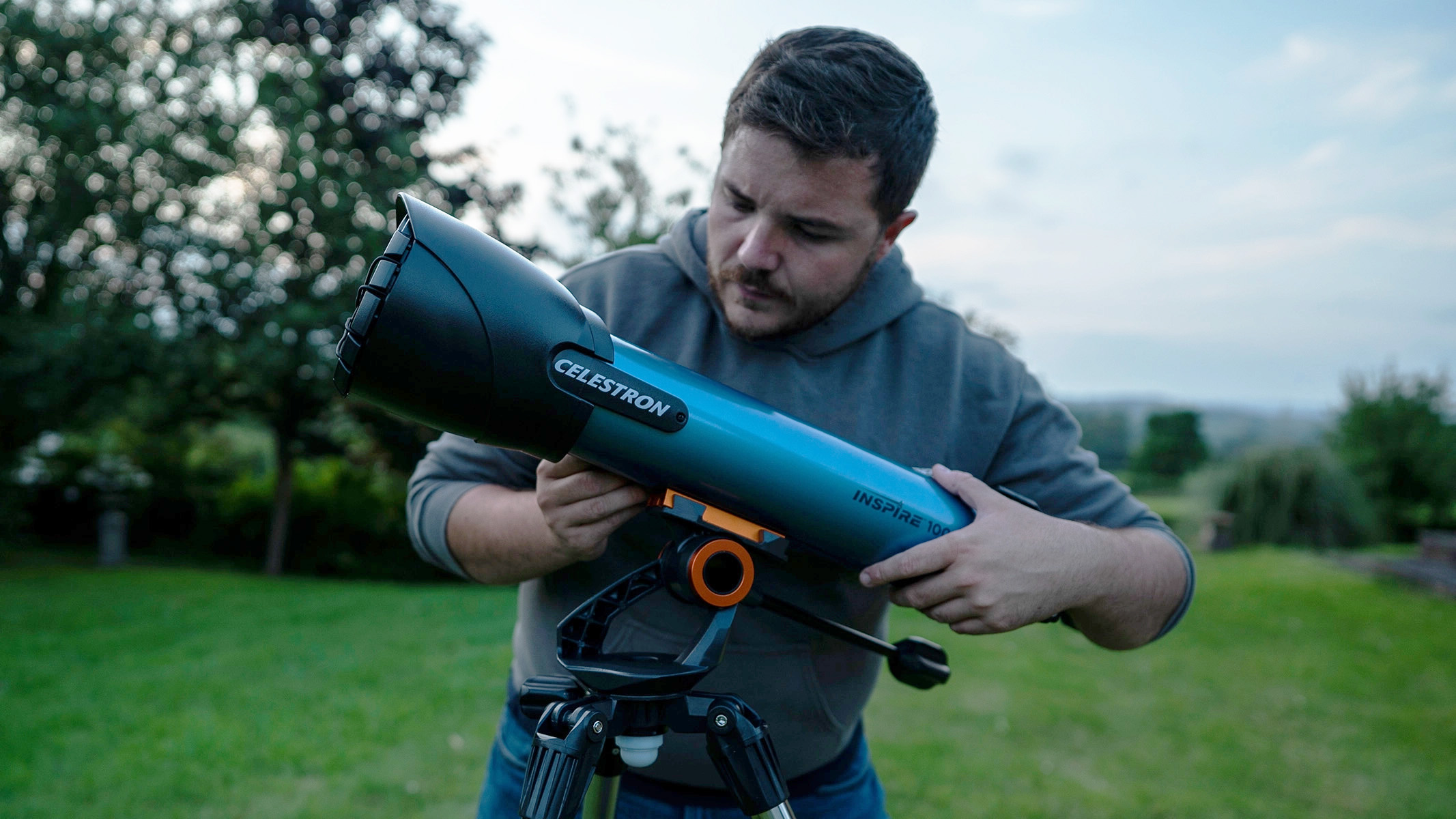
If you like to travel in order to find the ultimate stargazing spots, having one of the best small telescopes will be a huge boon. These telescopes are all compact, easy to carry, and weigh less than 22 pounds (10kg), making them perfect for hauling from one spot to another. A small telescope is a great alternative to the best binoculars for stargazing, allowing you to see with much more powerful magnification.
Small telescopes are great for portability, but they often have to sacrifice viewing power to accommodate. They're great for viewing the moon and nearby planets, but you'll need to upgrade to one of the best telescopes with a larger aperture or a powerful smart telescope to see the more distant planets.
The quick list
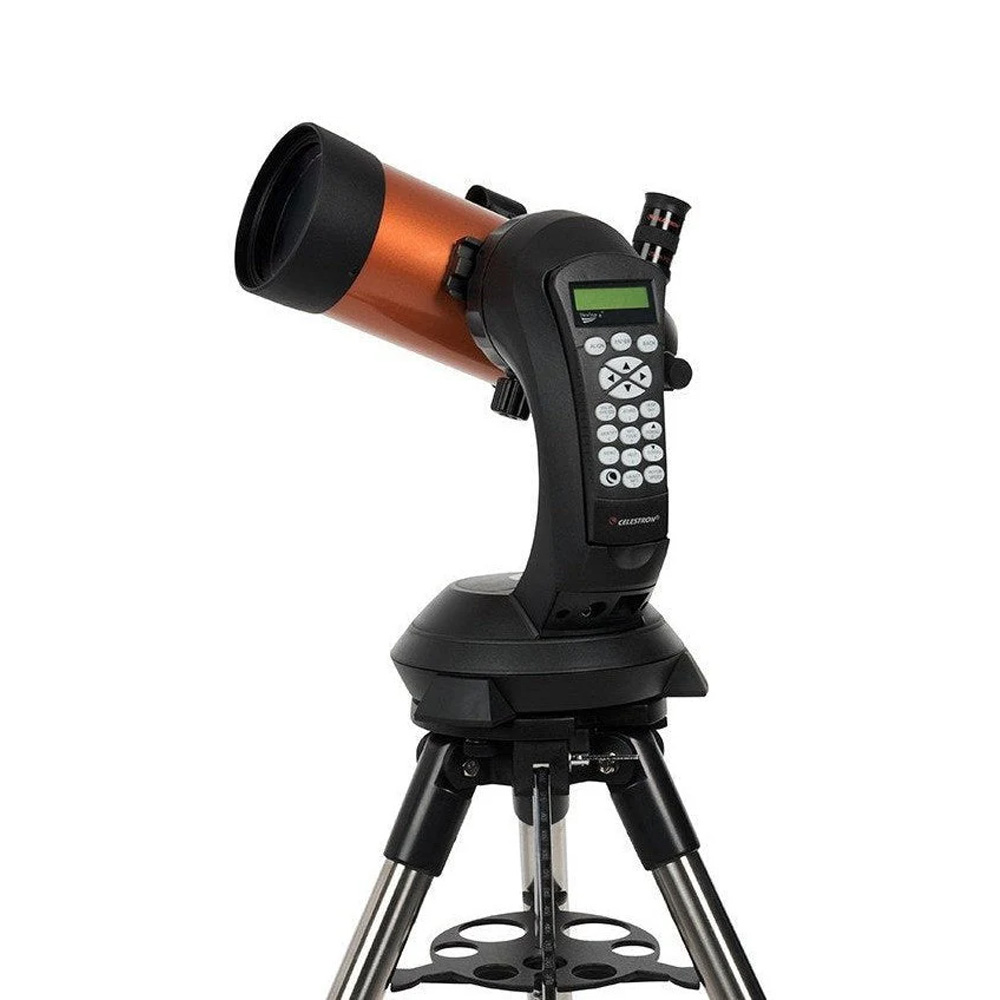
Best overall
Easy to set up and a pleasure to use, thanks to its computerized functions, we think this is the best small telescope you can buy.

Best for beginners
Budget-friendly and easy to use, we think this is a great telescope for beginners. It offers very bright views thanks to its wide aperture.
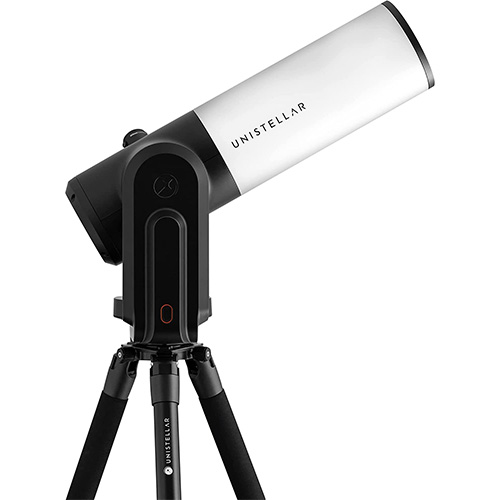
Best smart telescope
If you're a serious astronomer and have a serious budget to match, smart telescopes don't come any better than the eVscope 2. It's an absolute dream to use, and the perfect choice for astrophotographers, too.
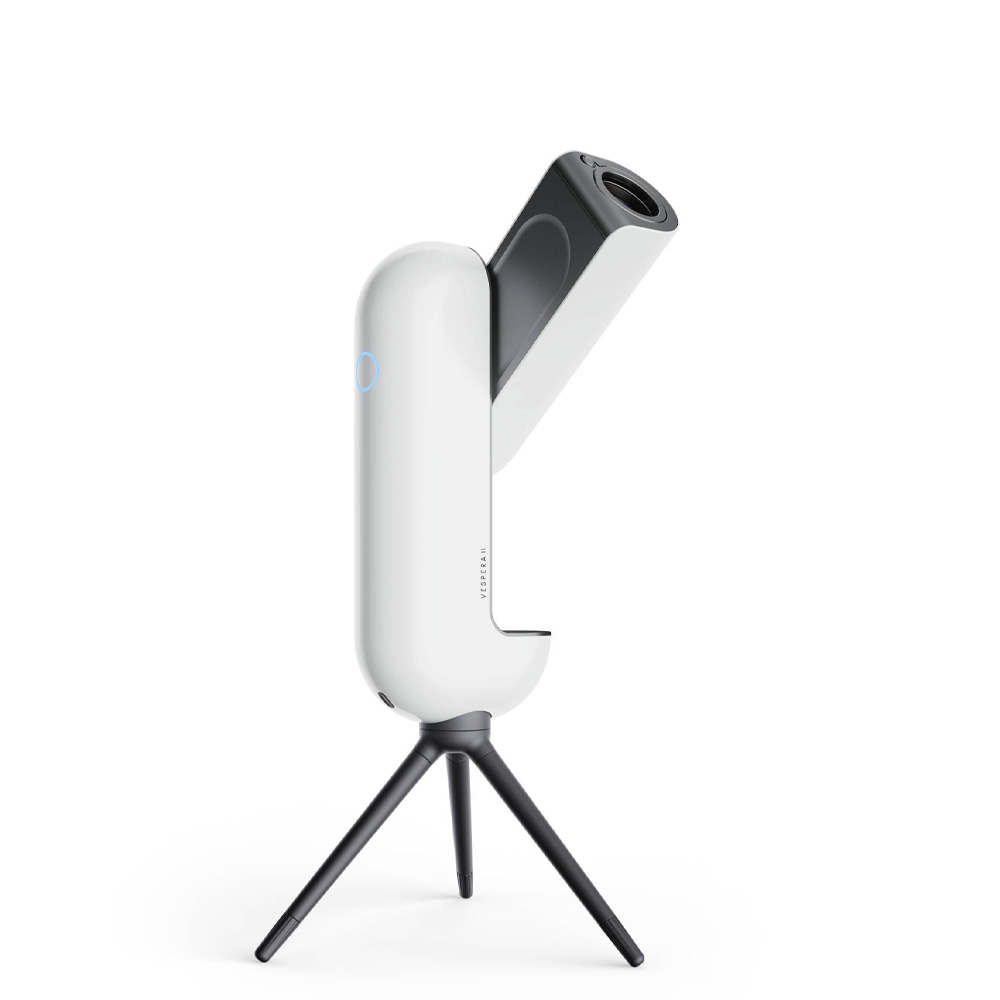
Best budget smart telescope
It's still expensive compared to some telescopes on this list, but if you're in the market for a smart telescope and don't want to spend the earth, this is a great option. It's sleek, offers fantastic views, and is a joy to use.
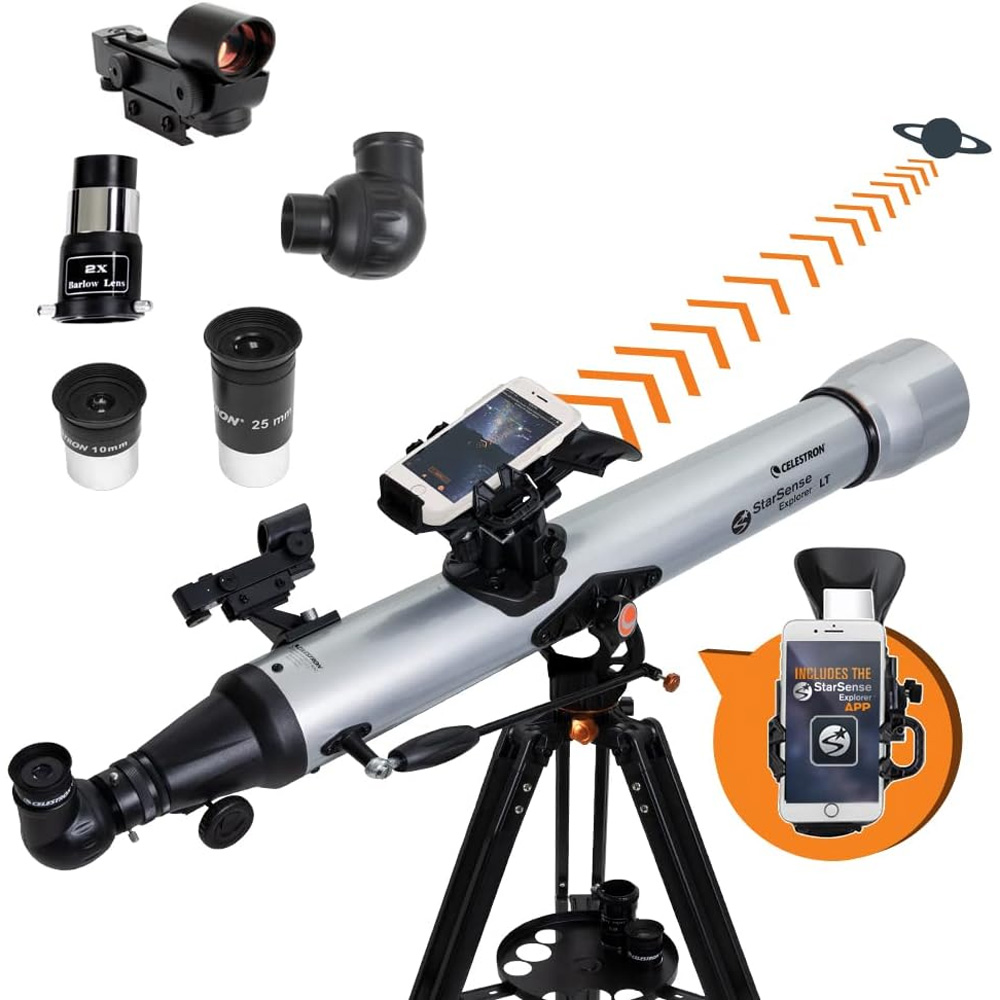
Best for kids
Budget-priced and easy to use, this is a great telescope for kids to learn the ropes with or for beginners of any age.
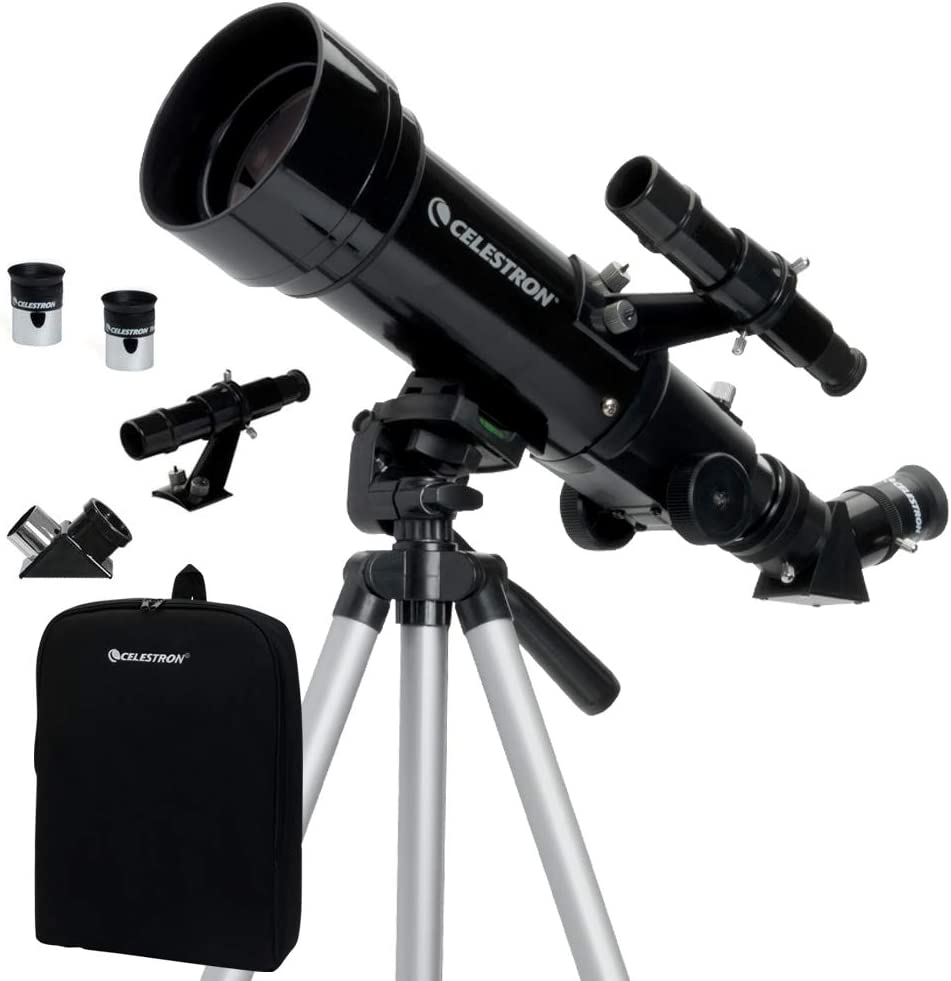
Smallest compact telescope
Designed specifically for travel, as its name suggests, the Celestron 70mm Travel Scope is the best telescope to choose if you want the smallest on the market.
Best small telescopes we recommend in 2025
Why you can trust Live Science
Best overall
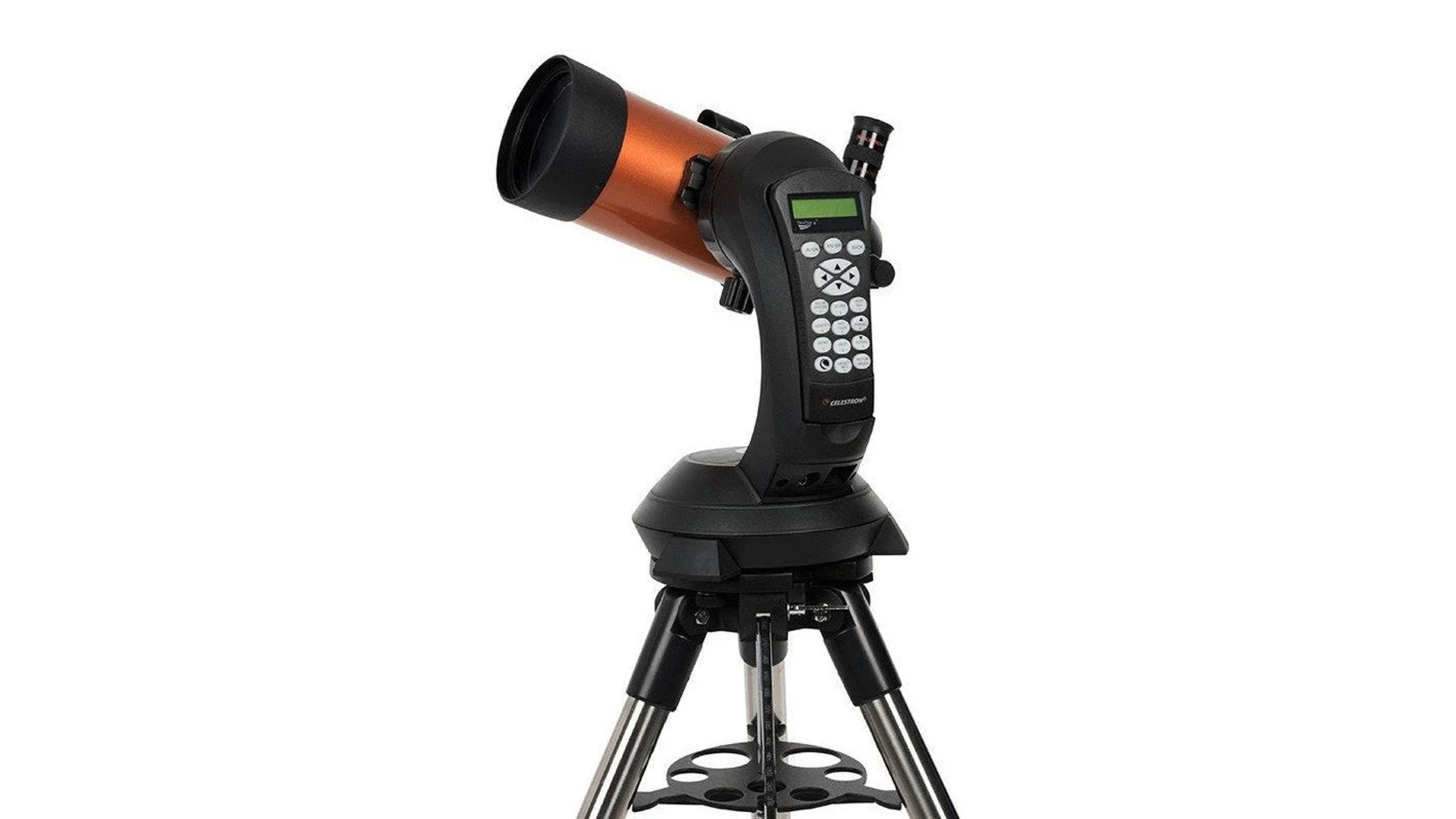
Celestron NexStar 4SE
Our expert review:
Specifications
Reasons to buy
Reasons to avoid
✅ You want a computerized telescope: The built-in computer makes stargazing incredibly easy — it's a good choice for beginners.
✅ You want to view the planets: The planetary and lunar views through this telescope are fantastic.
❌ You want the smallest telescope: While this is a great small telescope, it's not the smallest on this list. We'd recommend the Celestron 70mm Travel Scope.
❌ You don't want to buy extras: You'll only get one eyepiece with this telescope, so will benefit from more. You'll also need a lot of batteries, and it doesn't come with any to start you off.
🔎 Celestron NexStar 4SE: Small and compact, this is the ideal telescope for those who want computerized assistance. Traditionalists should look elsewhere, but we think it's a great choice, particularly for newcomers. ★★★★
One of the best small telescopes you can buy is the NexStar 4SE. This all-rounder is a great telescope no matter what type of astronomer you are. For beginners, this computerized GoTo telescope takes out most of the work of finding your target, and for established enthusiasts, it removes most of the stress of setting up.
Weighing 17.6 pounds (8 kg) and with a small tube, it's easy to carry around, although we'd recommend purchasing a purpose-built carry case to make it even easier (but that comes with an extra cost).
That's perhaps the only real downside of the NexStar 4SE: There are various extra costs involved. The telescope only comes with one eyepiece, for example, and we'd certainly recommend picking up a couple more to expand your views. The computer onboard the telescope also requires AA batteries. None are included, and you'll easily wear through eight in a night or two, so you'll need to be well stocked.
If you don't mind that, though, you're in for a treat when it comes to viewing the moon and planets. The 4SE does a stand-out job of locating the planets, and it offers wonderfully sharp, bright views. This is also a solid, well-built telescope, so you don't have to worry about it being too fragile to move it around.
The downside is that the long focal length of the NexStar 4SE offers a fairly narrow view, so deep-sky viewing isn't as good as it could be. Getting an additional eyepiece will help a little, but if deep-sky views are your calling, you might be better off choosing a different telescope.
Attributes | Notes |
|---|---|
Design | Eye-catching orange tube design |
Performance | Fantastic views of planets, good tracking |
Functionality | SkyAlign and GoTo technology make tracking easy |
Best for beginners
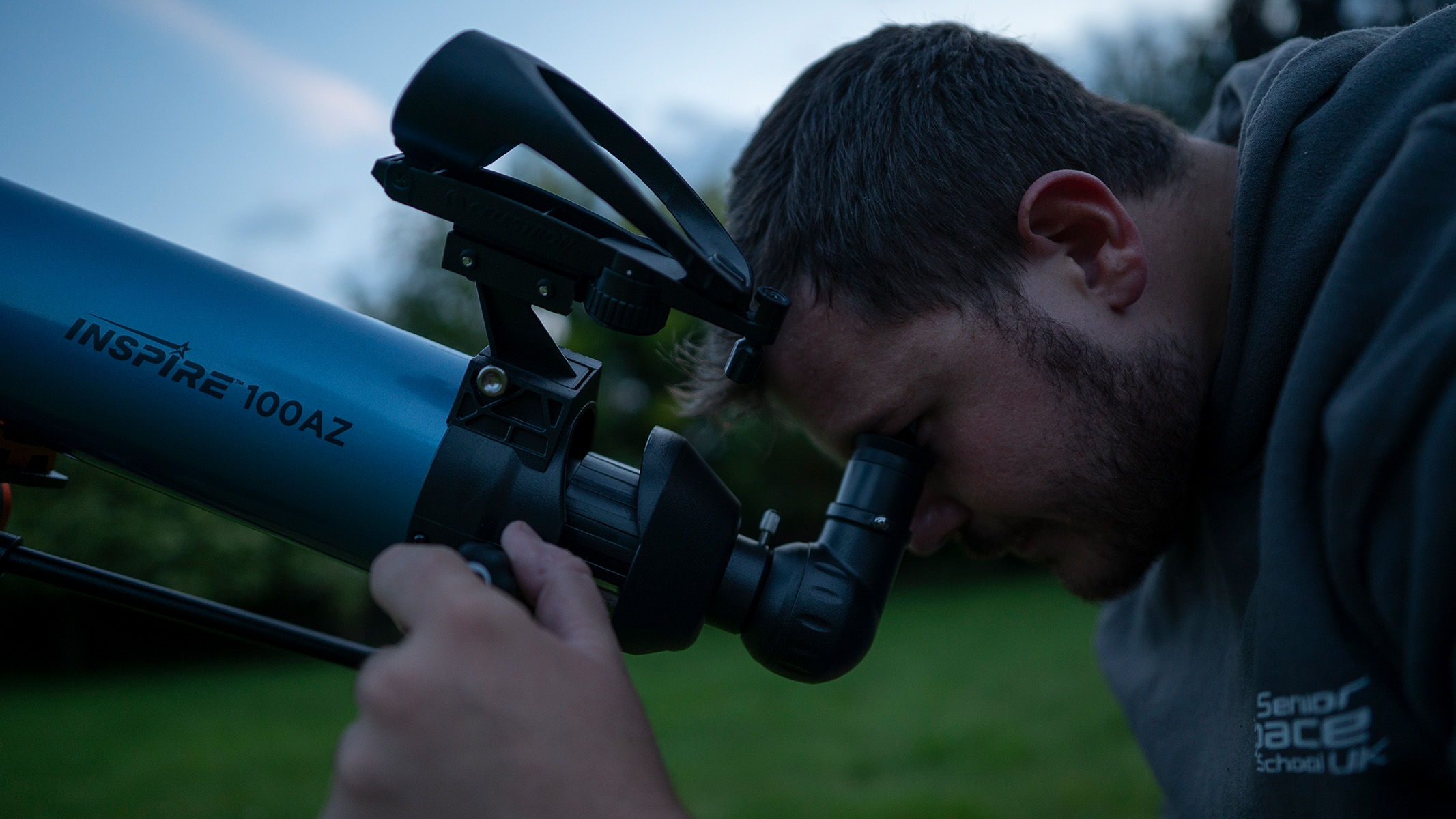
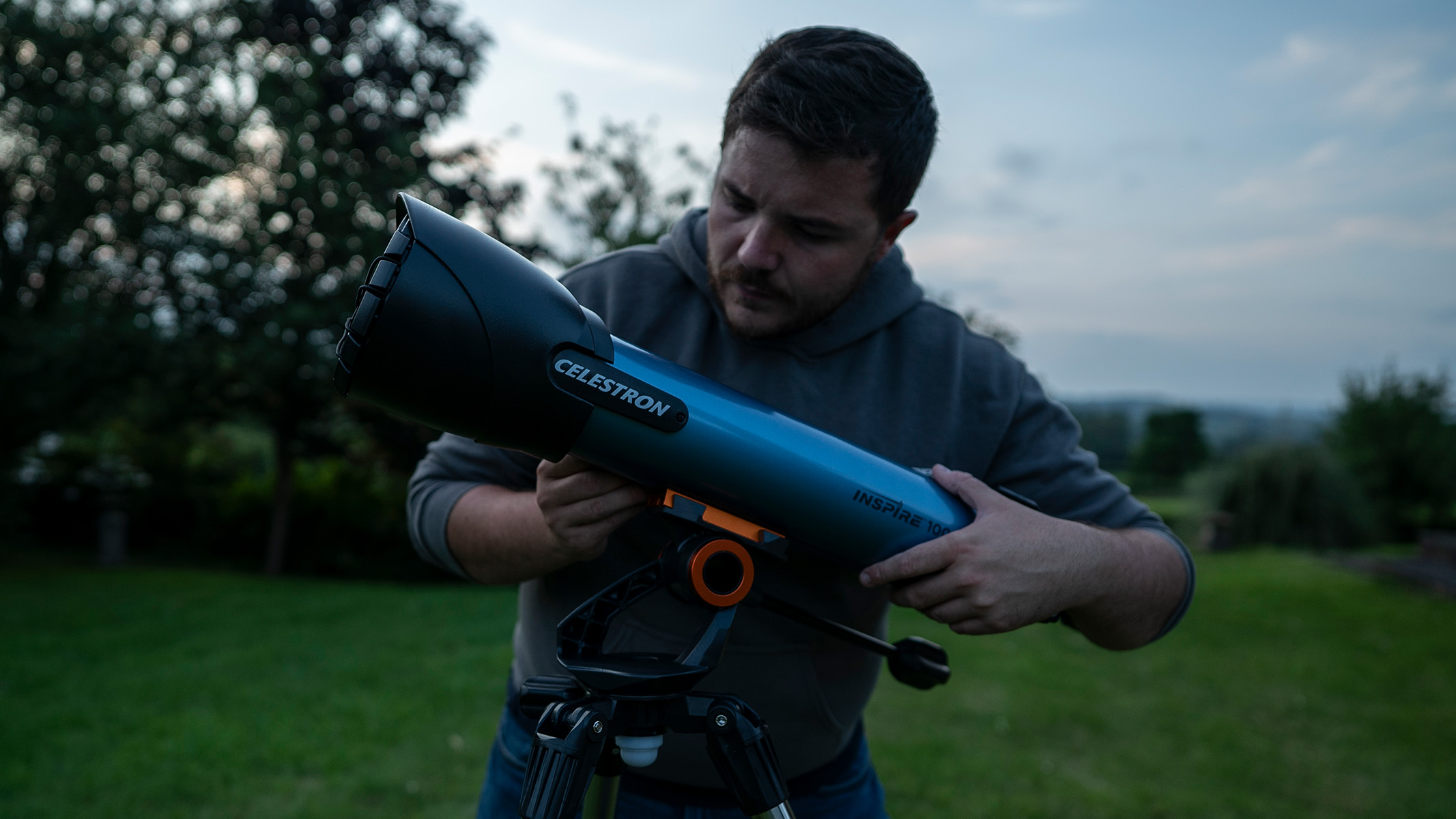
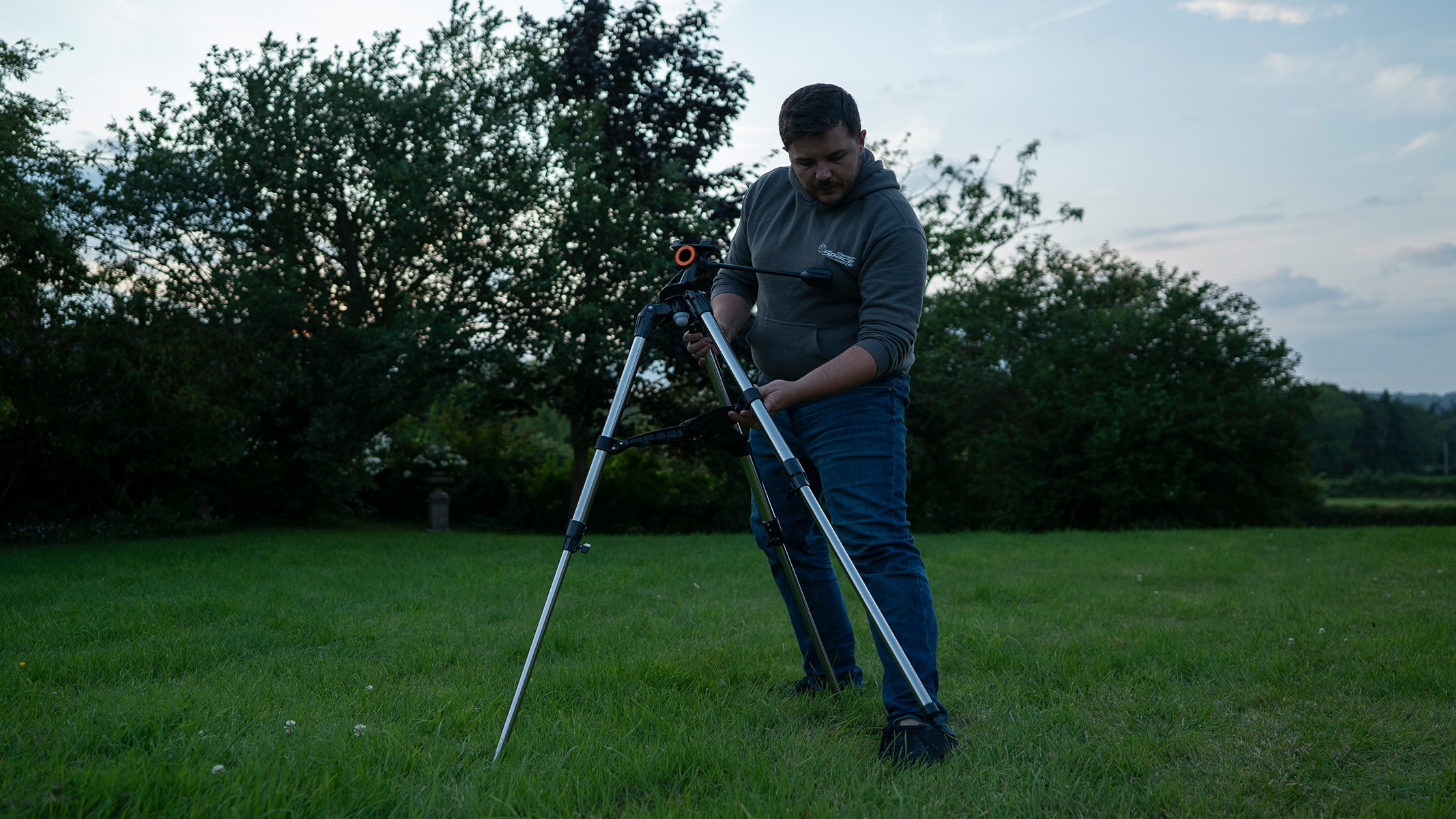

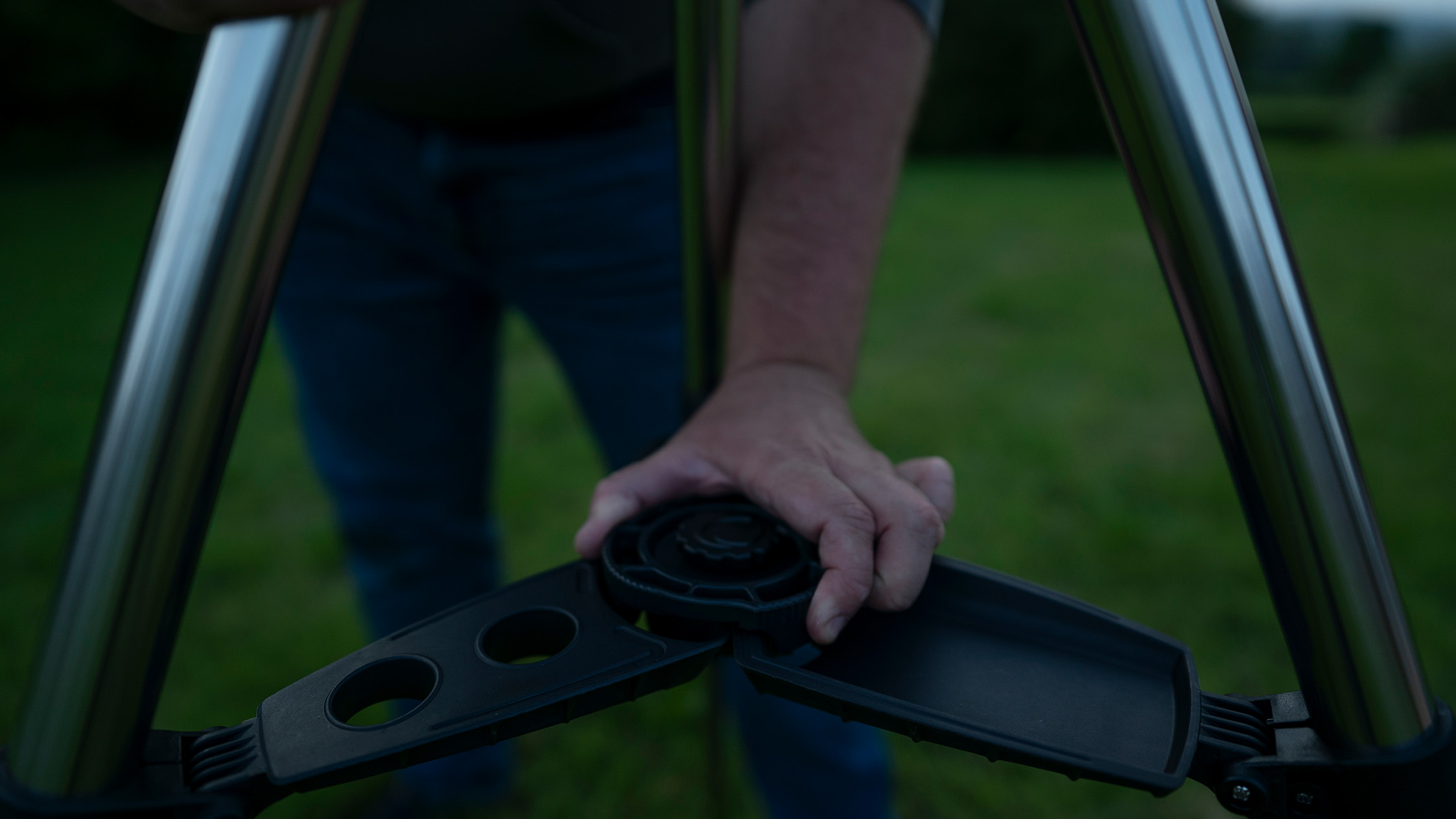
Specifications
Reasons to buy
Reasons to avoid
✅ You want to take photos on your smartphone: This telescope has a built-in smartphone holder, making astrophotography a cinch.
✅ You're a beginner: This makes a great telescope if you're new to stargazing thanks to its ease of use and its budget-friendly price.
❌ You want smart functionality: This is a traditional telescope that requires you to do some work to find objects in the night sky. The Unistellar evScope 2 is the best smart telescope out there.
❌ You're an advanced user: There aren't many bells and whistles on this telescope, so experienced astronomers might prefer something with more features, like the NexStar 4SE.
🔎 Celestron Inspire 100AZ: Small, portable and well-made, this is a basic telescope without any bells and whistles, but it does a great job of providing excellent views of the planets. If you're new to astronomy, it's a great choice. ★★★★
The Celestron Inspire 100AZ is the perfect small portable telescope: It's not too expensive, it offers good optical quality, and it's easy to use. Of course, there are better telescopes on the market, but if you're brand new to astronomy, it's unlikely you're going to want to spend a fortune. The 100AZ strikes a nice balance between all important factors.
This is a great telescope for viewing the planets and the moon, and its alt-azimuth mount is easy to control with its panhandle. There's no motorization here, so you'll be responsible for locating your targets by yourself, but we think this is a great way to learn the ropes.
In our Celestron Inspire 100AZ review, we talked about viewing Jupiter and Saturn with great detail using the supplied 25mm eyepiece. The images are detailed and bright, although we did notice a bit of chromatic aberration around the brightest parts of the image. At this price point, though, that's to be expected, and it's not so distracting that it's a dealbreaker.
The Inspire 100AZ is also lightweight enough to move around with ease. Happily, it disassembles easily and setting it back up is a quick and straightforward process, making it ideal for loading into the back of your car.
One neat function is the built-in smartphone adapter: When it's not in use, the dust cap changes into a smartphone holder, allowing you to try your hand at astrophotography.
- Read our full Celestron Inspire 100AZ review
Attributes | Notes |
|---|---|
Design | Lightweight at 12.4 lbs (5.62 kg). |
Performance | Bright, detailed views of planets. Some chromatic aberration around the brightest objects. |
Functionality | Easy to assemble, handy smartphone holder built-in. |
Best GoTo
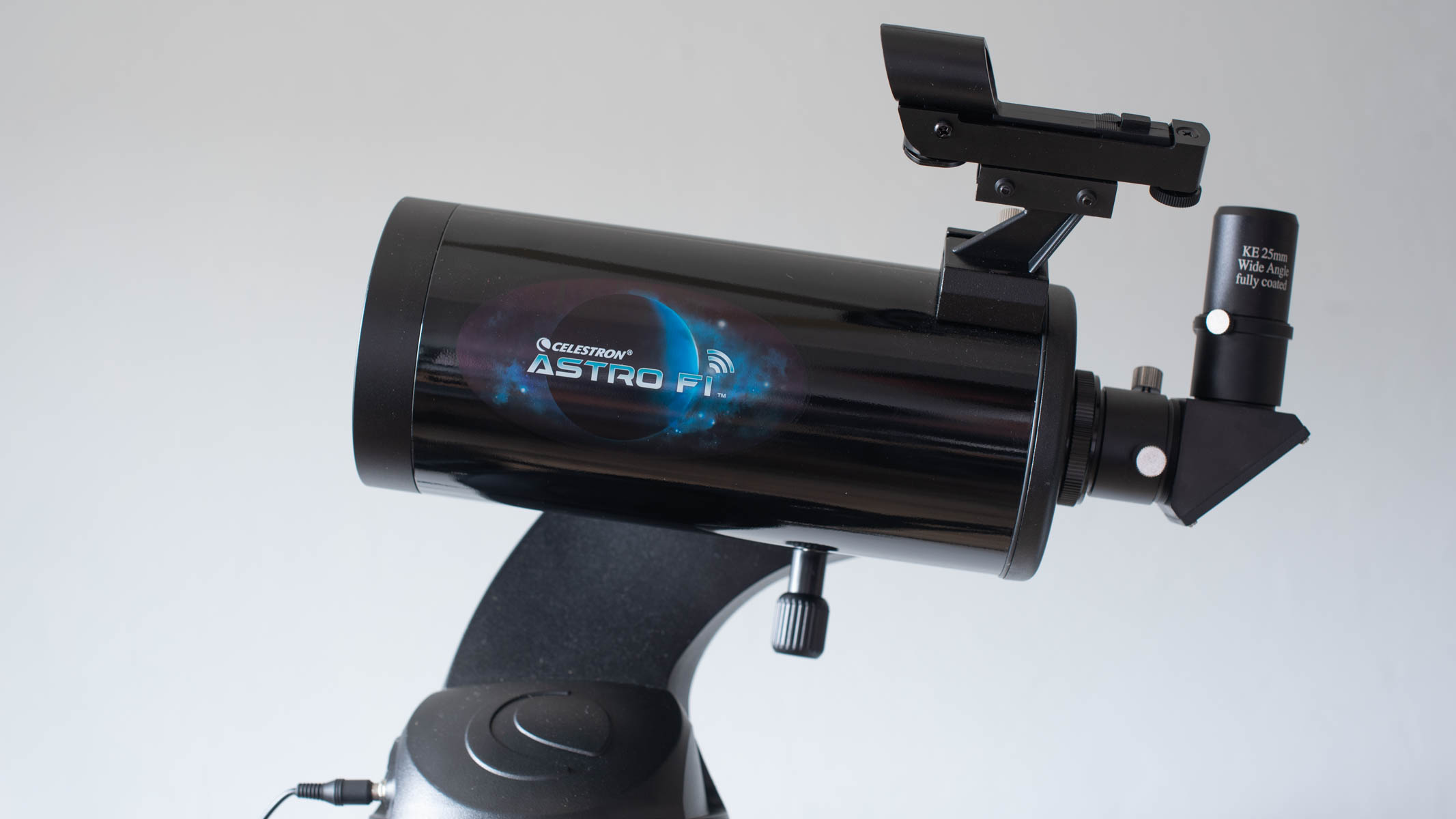
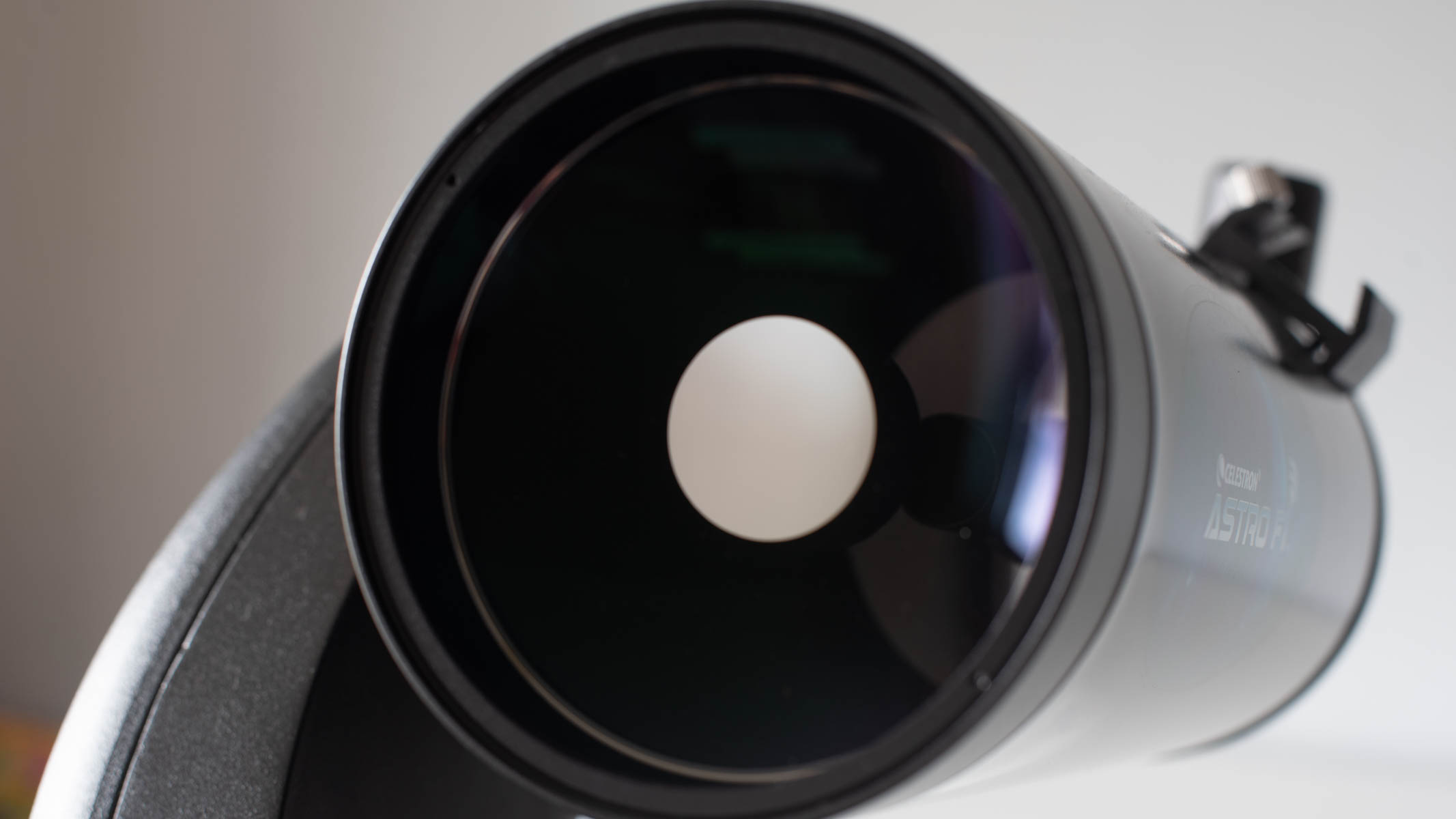

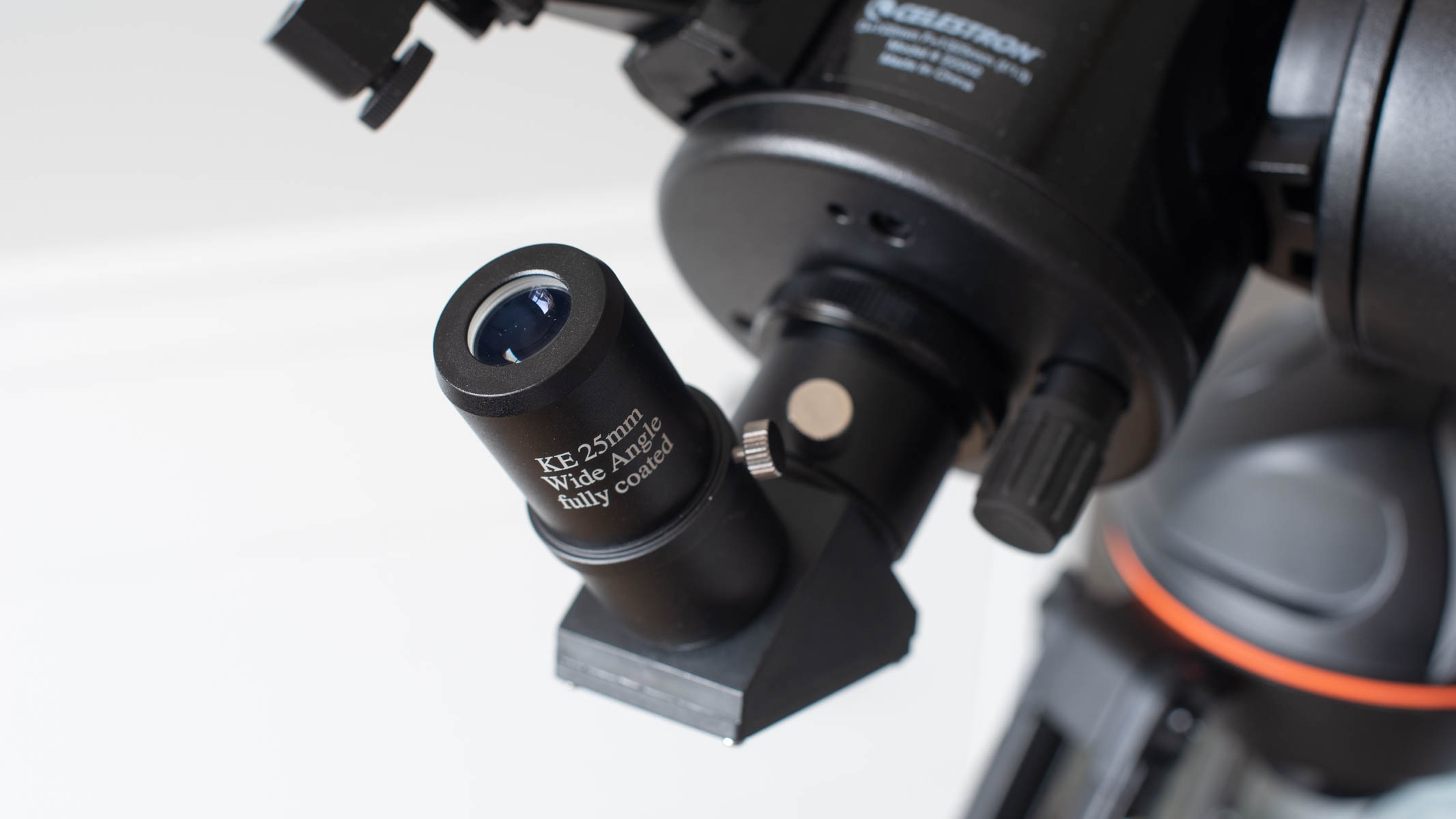

Specifications
Reasons to buy
Reasons to avoid
✅ You're looking for your first GoTo telescope: This is a great option if you're new to computerized telescopes.
✅ You want smartphone control: You'll control most functions of this telescope via an app on your mobile phone.
❌ You want excellent build quality: This telescope can feel a little flimsy at times. Maybe consider the Celestron NexStar 127SLT instead.
❌ You're an experienced astronomer: You'll likely find this telescope a little basic for your needs.
🔎 Celestron Astro Fi 102: "No frills" is the best way to describe the Astro Fi 102. This is a great choice for someone looking for their first motorized telescope, but it doesn't offer the best views. It's reasonably priced, though, and easy enough to use. ★★★½
A GoTo telescope, the Celestron Astro Fi 102 is a great choice for a beginner, or someone looking to upgrade to their first motorized telescope. This scope automatically slews to certain objects in the night sky, with the user controlling it via an app on their smartphone. It's not going to be one for traditionalists, but if you want to make your skywatching a bit easier, this telescope is a great choice.
It's nice and lightweight too, coming in at around 16 pounds (7.25 kg). It's one of the lightest options on our list, making it easy to carry around, load in the car and take it wherever you need it. Unfortunately, as we noted in our Celestron Astro Fi 102 review, that lightness means the telescope is a little on the flimsy side. It doesn't have the best built quality, and we found the tripod in particular was lacking in stability.
In terms of performance, the Astro Fi 102 is great for getting clear views of the planets, although we did find them to be a little soft around the edges of the frame. Given the price point of this telescope, however, that's to be expected, and the views are more than adequate for beginners. You'll get impressive views of the moon's craters and Saturn's rings, and for some users, that's going to be more than enough.
Importantly, the WiFi connectivity of the telescope works very well, and the SkyPortal app is nice and easy to use. The telescope slews slowly, but it's quiet and does a great job of navigating to the object you've selected via the app.
Bear in mind that you will need eight AA batteries to power the telescope if you're away from a mains connection. We'd recommend investing in rechargeable batteries to cut down on ongoing costs.
- Read our full Celestron Astro Fi 102 review
Attributes | Notes |
|---|---|
Design | Middling build quality, tripod is rather flimsy. |
Performance | Great views of planets, soft around the edges of the frame. |
Functionality | Very easy to use, great app and connectivity. |
Best smart telescope
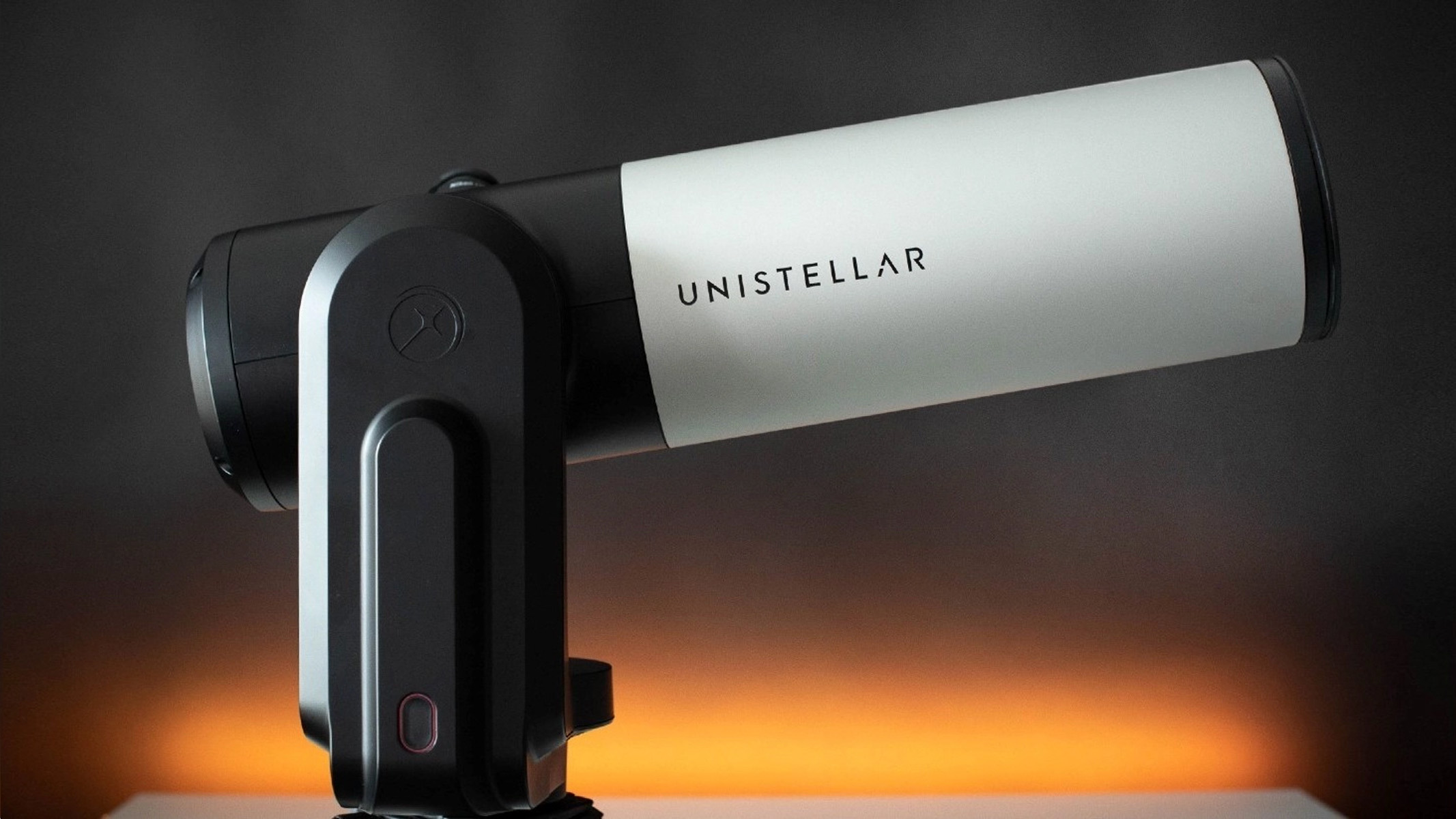
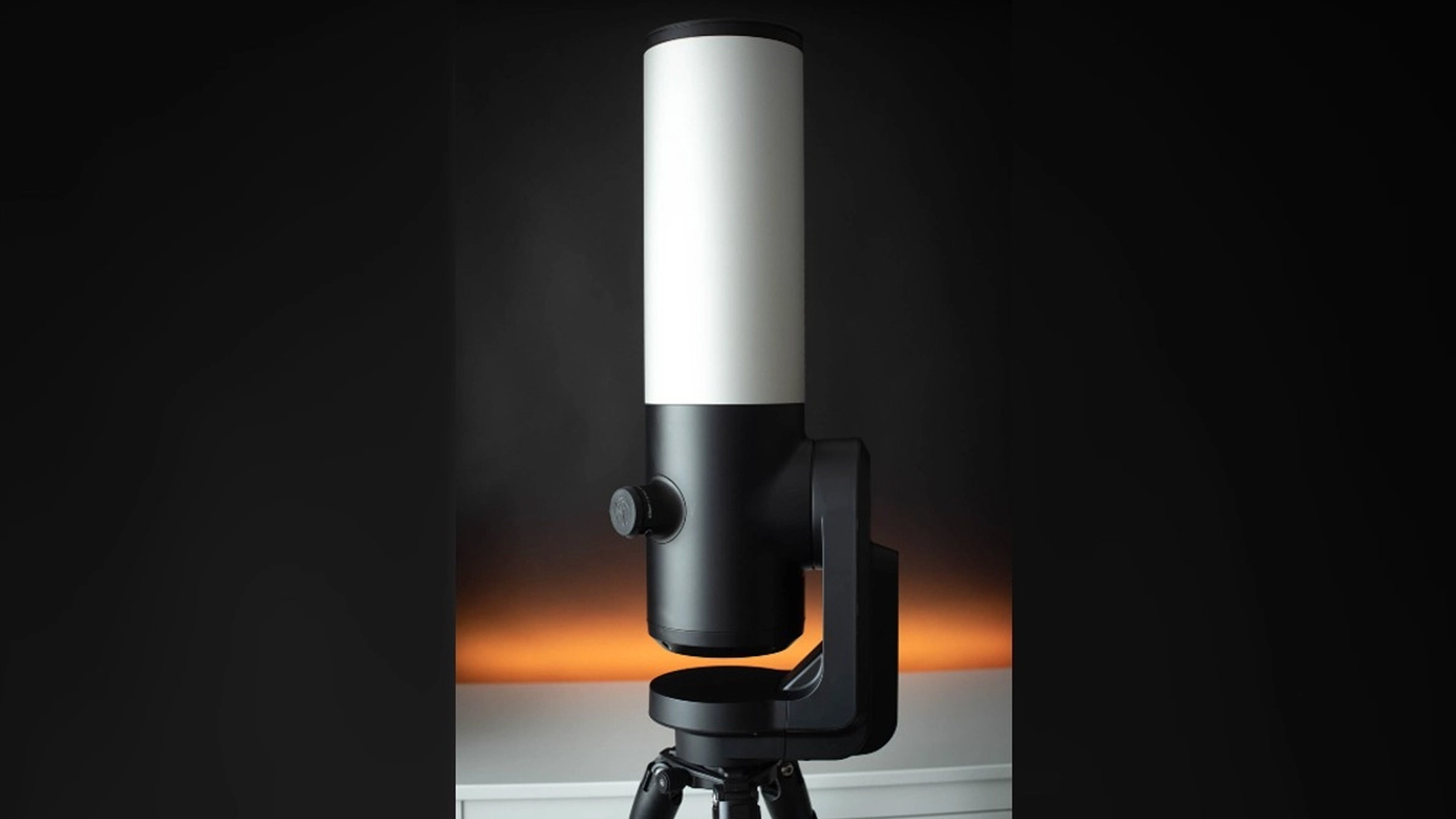
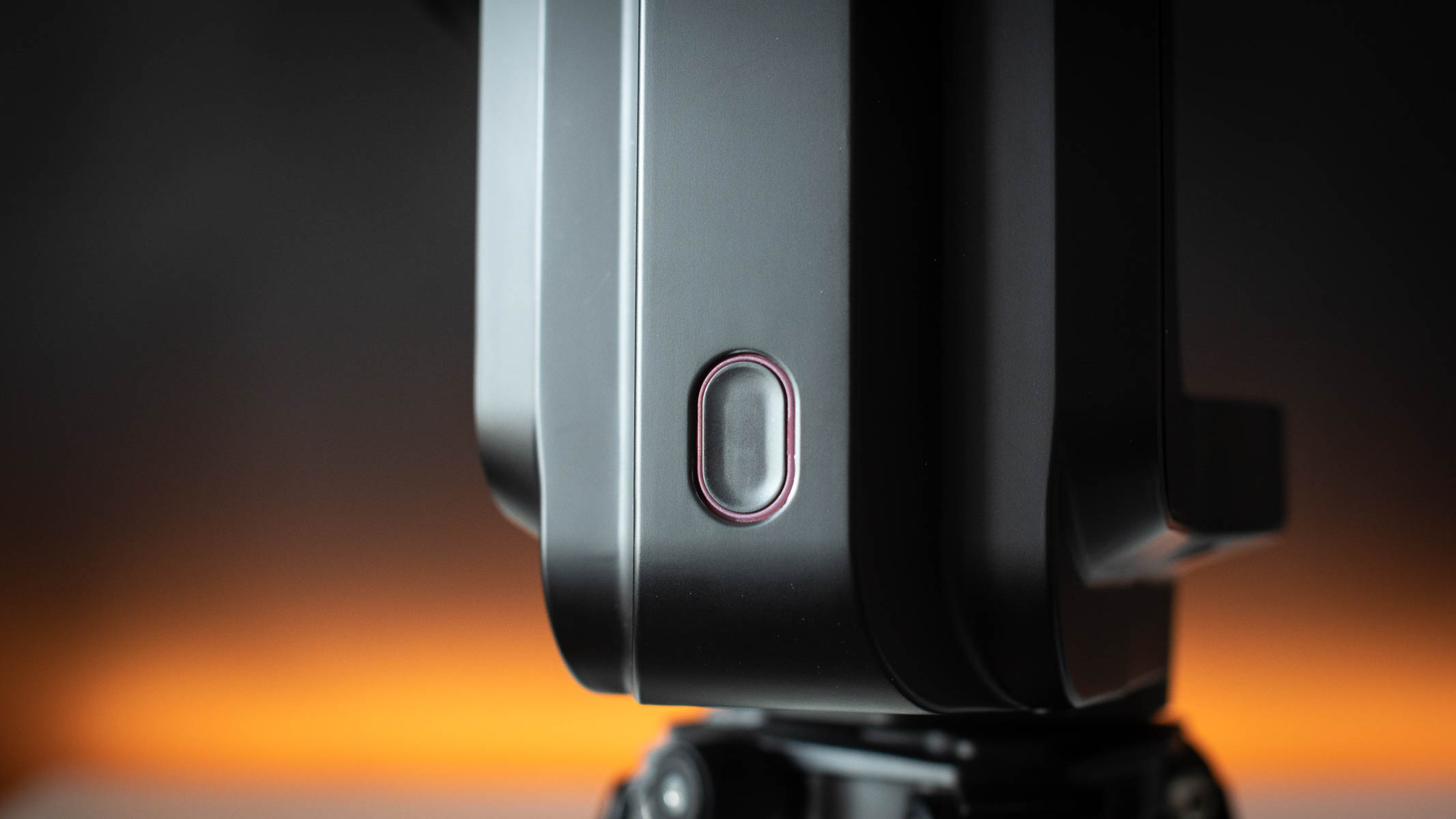
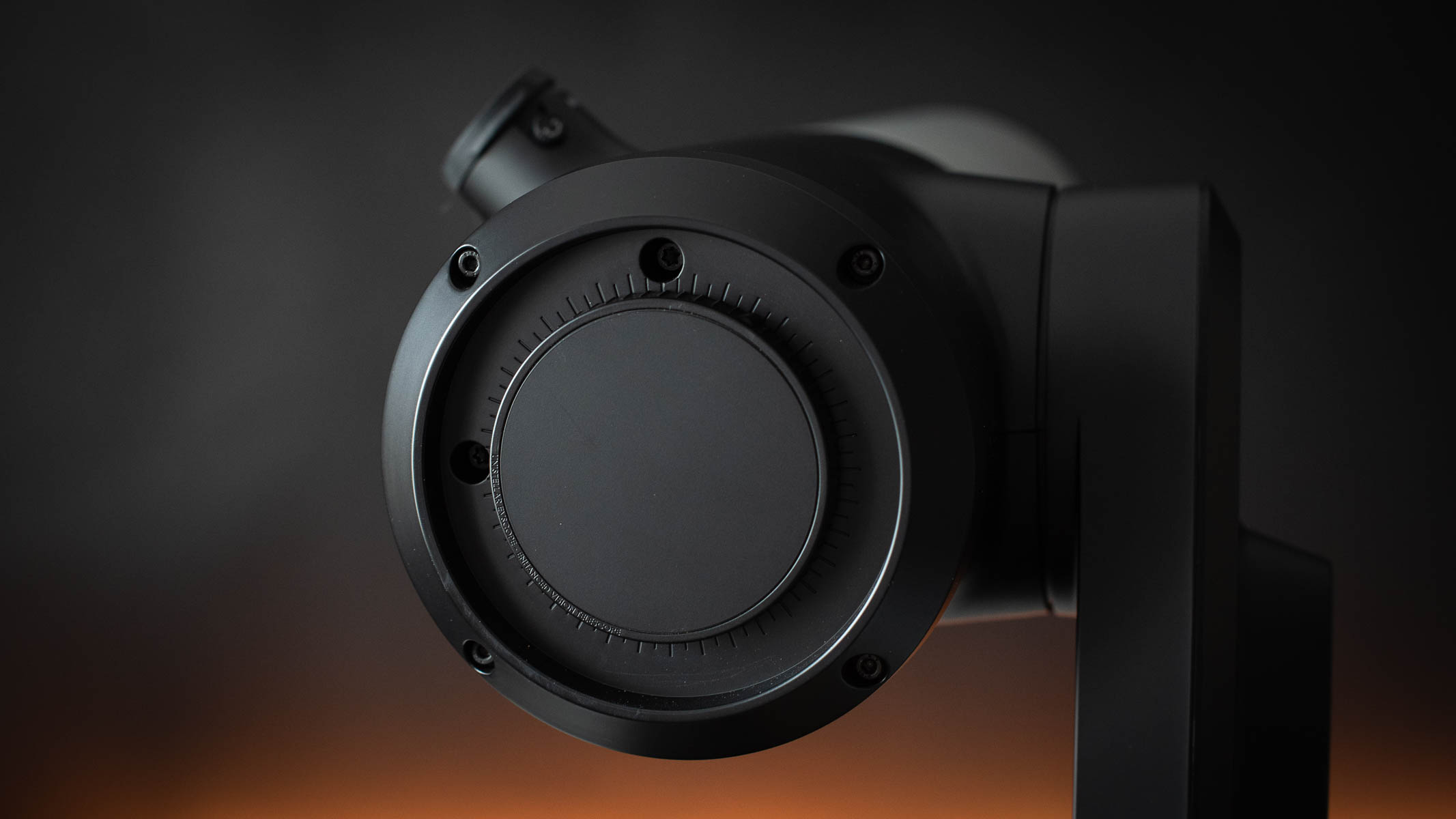
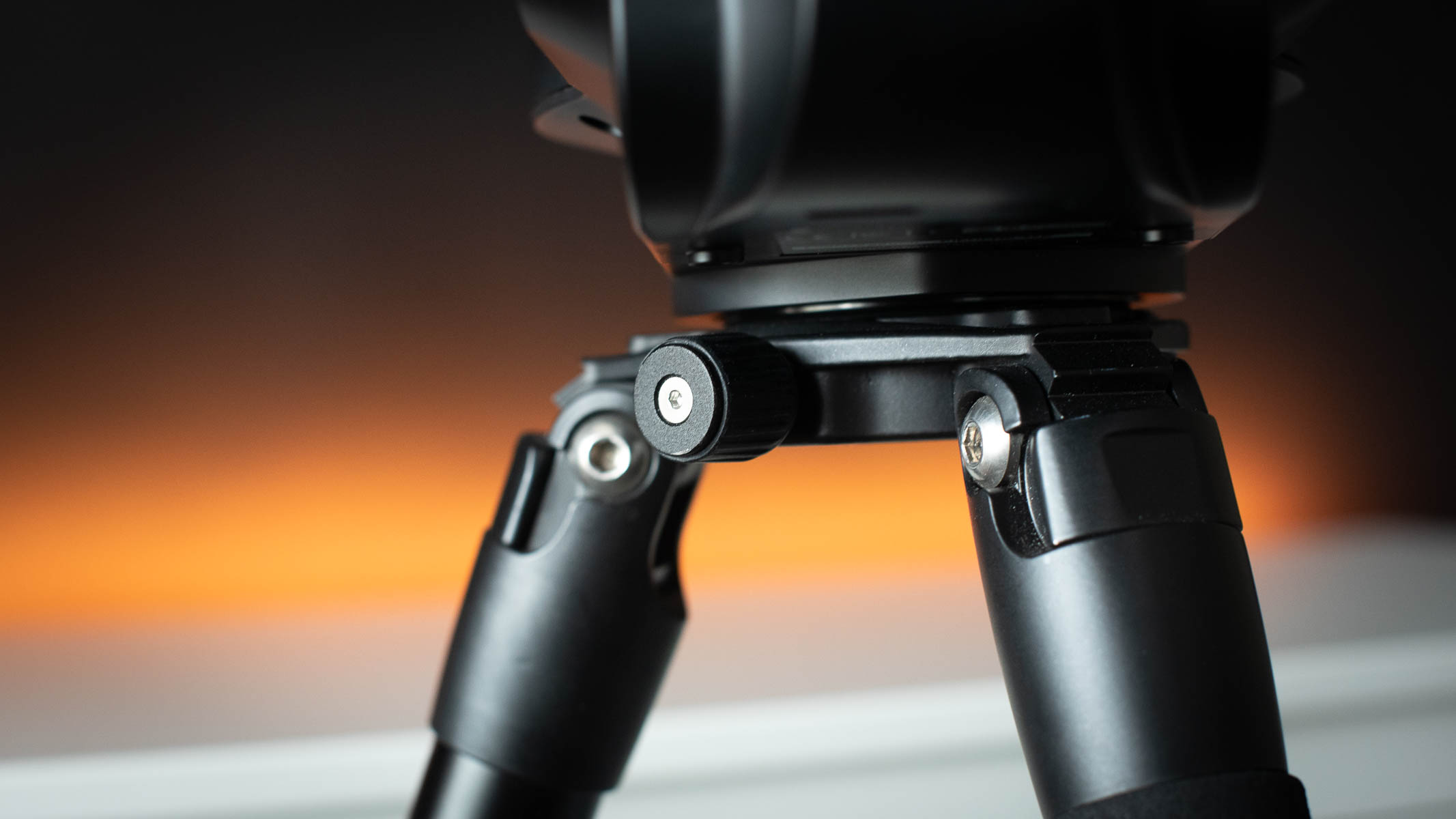
Specifications
Reasons to buy
Reasons to avoid
✅ You want smart functionality: There's only one button on the telescope itself — everything else happens via an app on your smartphone.
✅ You have plenty of money to spend: This is a very expensive telescope and a purchase shouldn't be made lightly.
❌ You're on a budget: This is by far the most expensive telescope on the list. For a more reasonably priced smart telescope, take a look at the Vaonis Vespera II.
❌ You want a more traditional experience: A smart telescope is probably not a good choice if you prefer manually locating objects in the sky.
🔎 Unistellar eVscope 2: Scroll on if you're on a budget, but if money is no object this is undoubtedly one of the best telescopes you can buy. It's a beautifully made piece of equipment, and an absolute joy to use. ★★★★½
If you're in the market for a smart telescope and you've got very deep pockets, you really won't find anything better than the Unistellar eVscope 2. It's eye-wateringly expensive, but its four-figure price tag matches the quality and craftsmanship of this stunning piece of technology. It's the type of telescope that you'll be seriously proud to own.
It won't be for everyone, though. With only one button on the telescope itself, everything is done via the accompanying app. There's also no optical eyepiece on the telescope: Instead, there's a Nikon-branded electronic eyepiece that some purists may struggle to get used to.
Thankfully, the app is a joy to use, and you'll be viewing objects in the night sky in no time. It's very easy to set up, making this a fantastic telescope for beginners and experts alike. The barrier to entry really is only the price.
In our Unistellar eVscope 2 review, we praised how fast and smooth the telescope's movements are. It will automatically identify stars and constellations visible in the night sky, and via the app, it will suggest points of interest to you based on your location.
It's not the lightest telescope on this list, coming in at just under 20 pounds (9 kg), but it's compact enough and folds down easily. You can even buy a purpose-made backpack, which makes transporting it an absolute cinch — though given the price poin,t we do wish this was included as standard.
- Read our full Unistellar eVscope 2 review
Attributes | Notes |
|---|---|
Design | Gorgeous, understated design. |
Performance | App is easy to use, locating objects is speedy. |
Functionality | Features a digital Nikon eyepiece. |
Best budget smart telescope
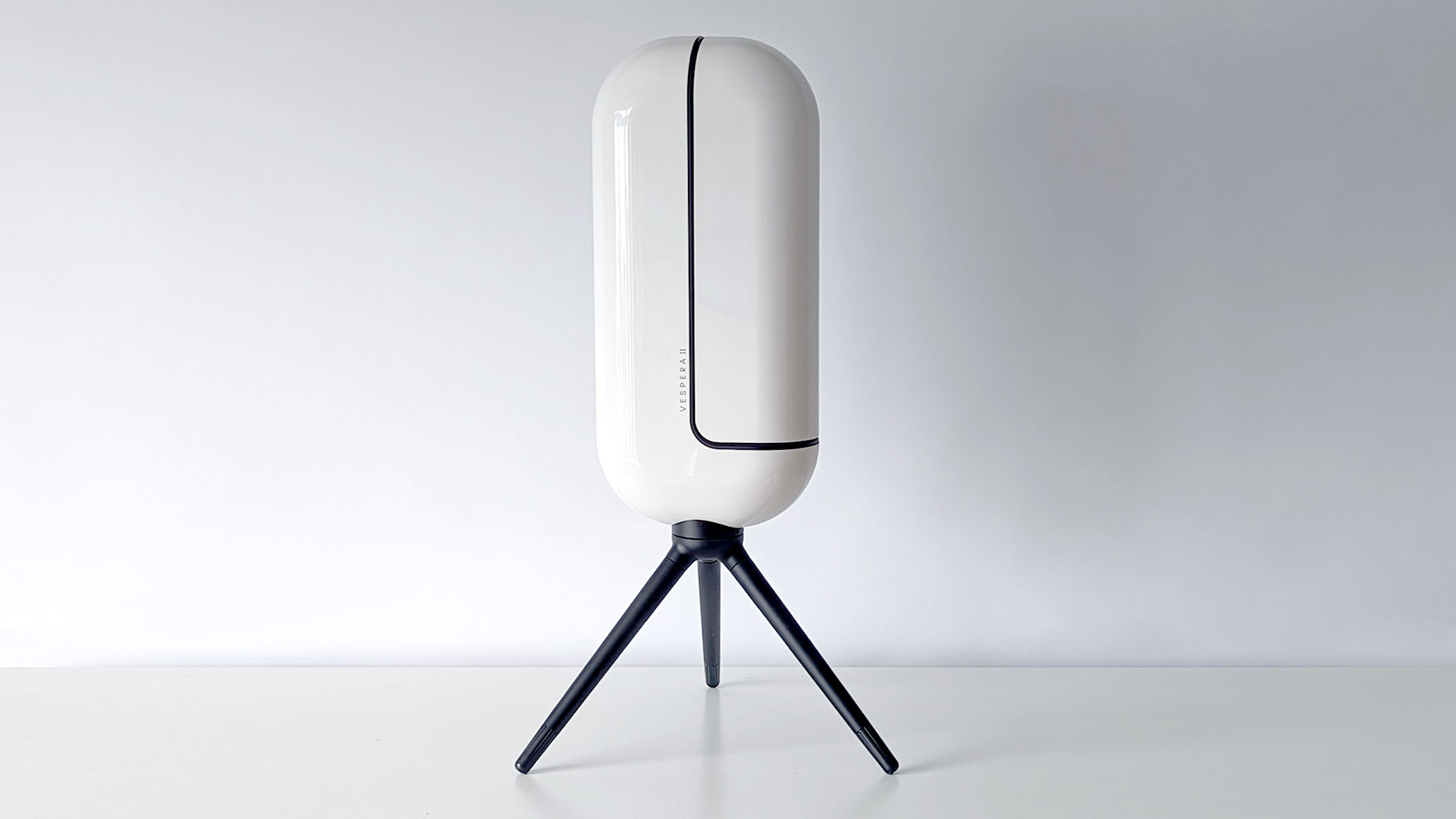
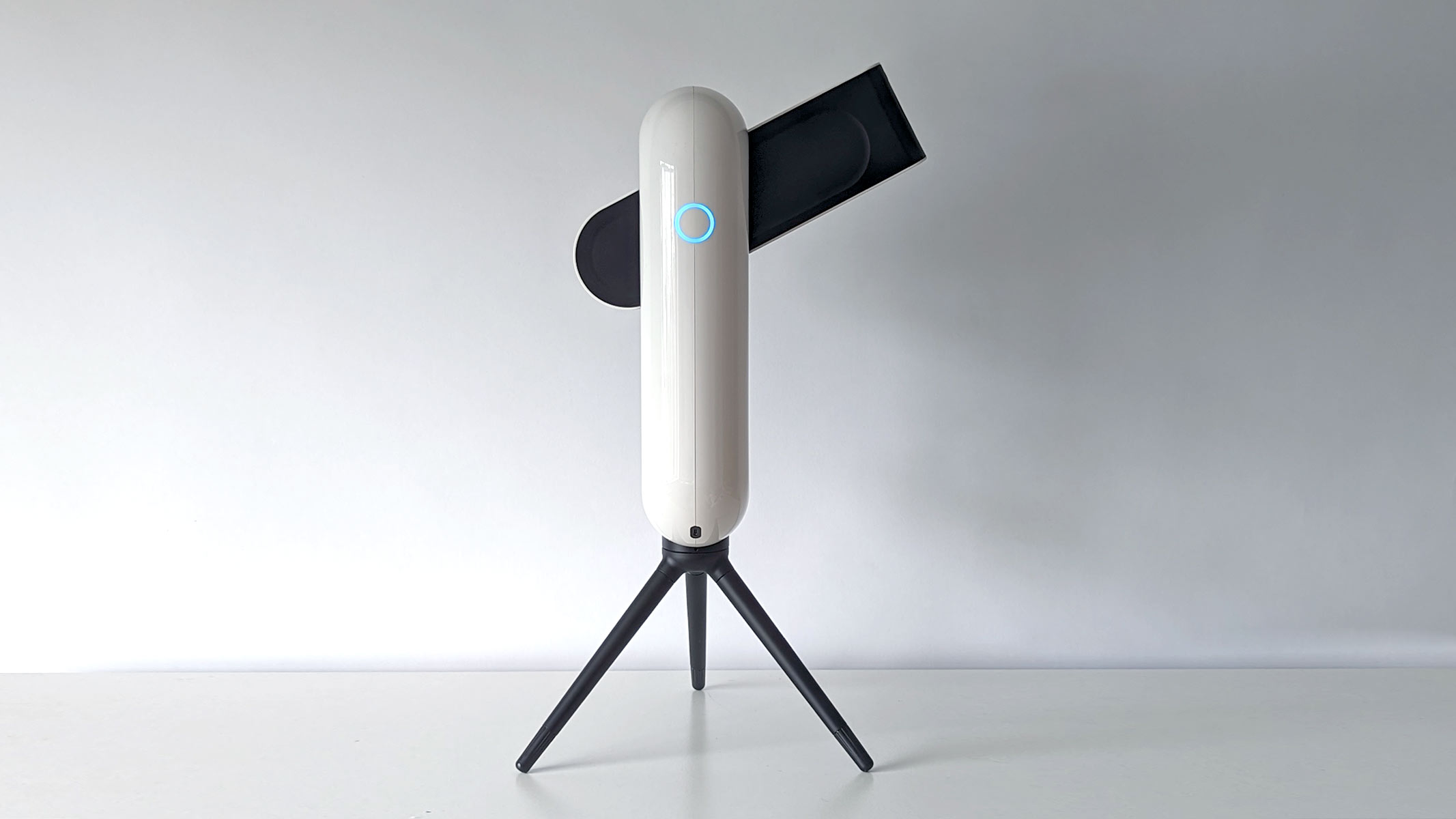
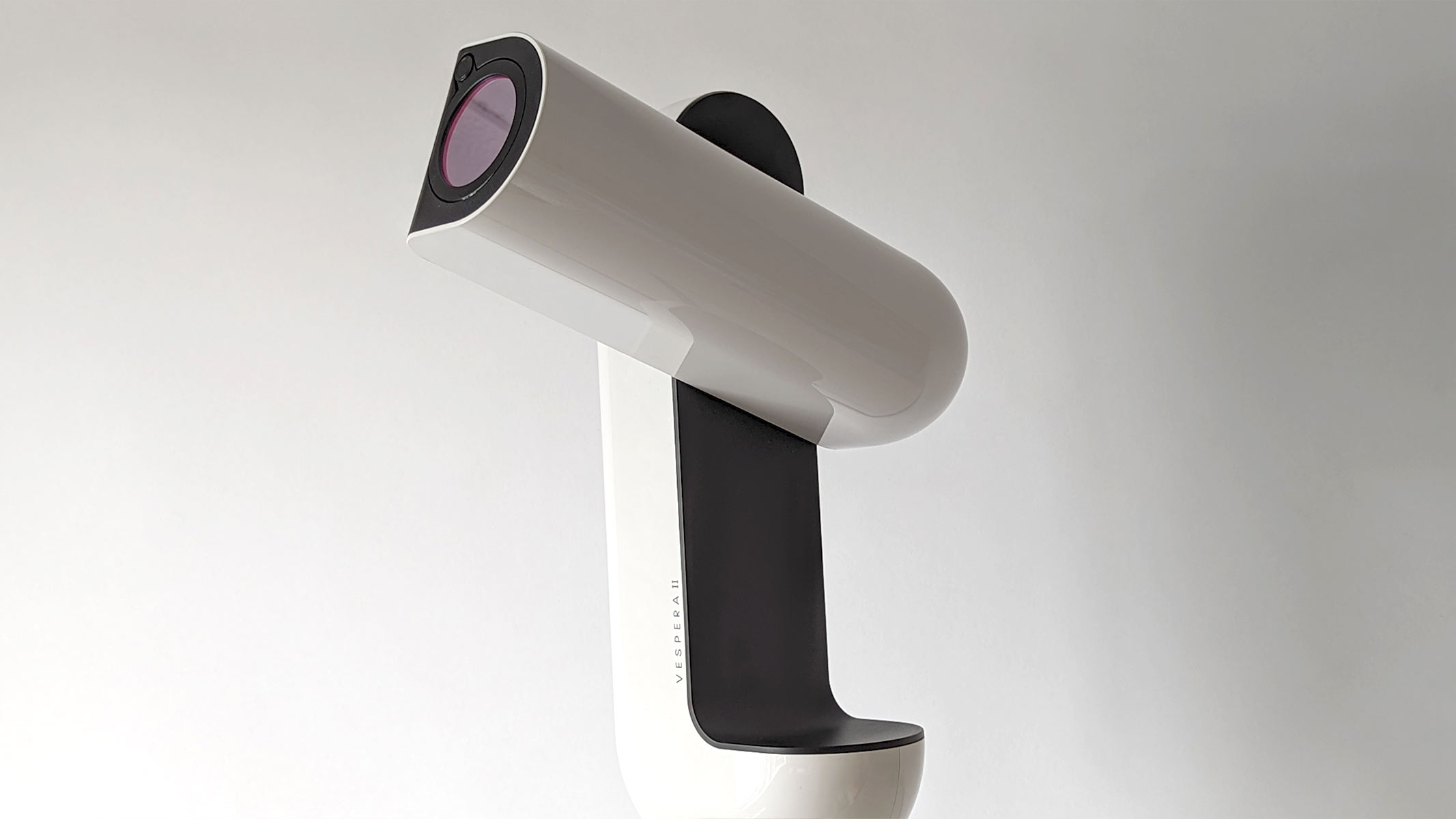
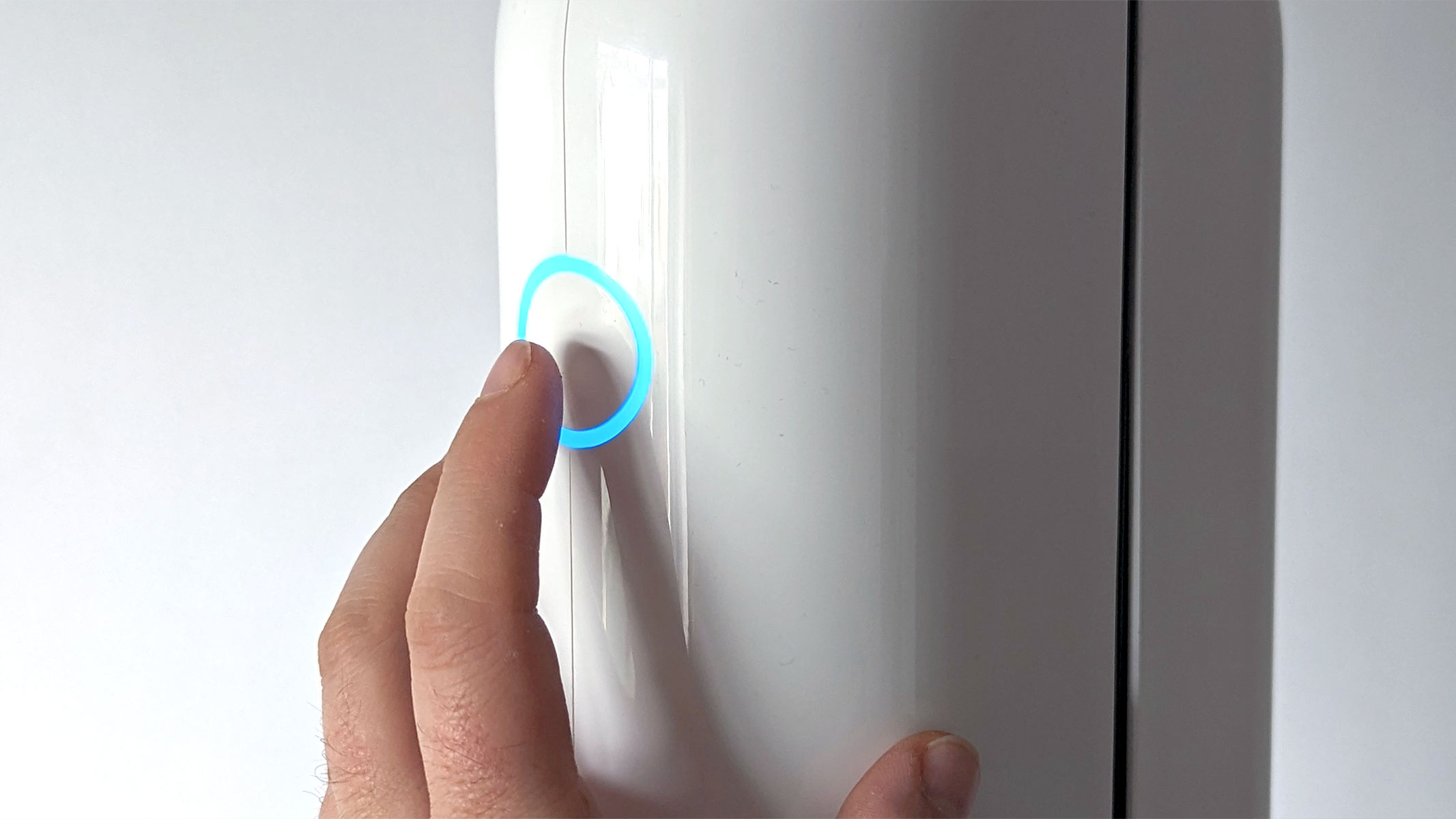
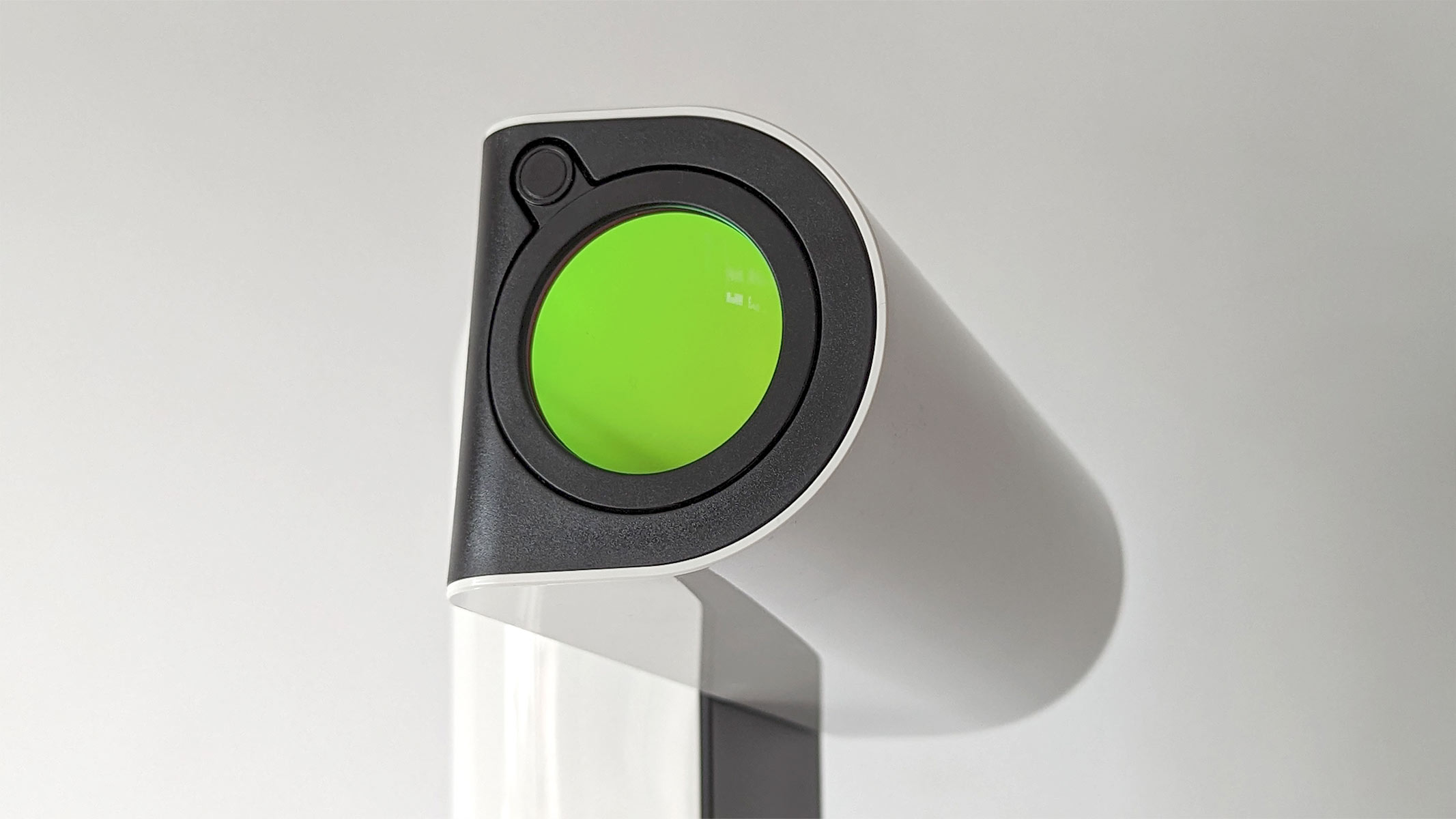
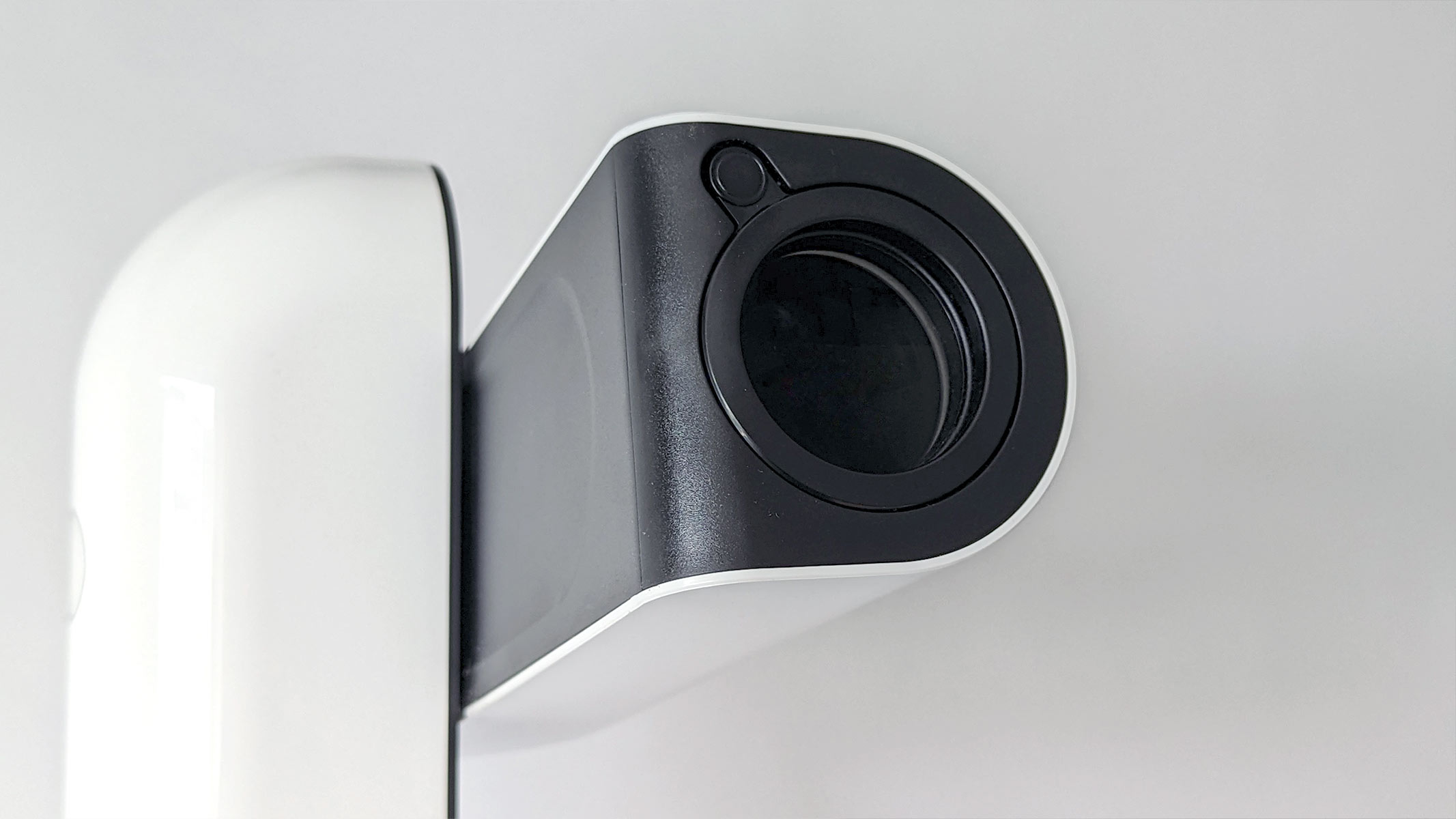
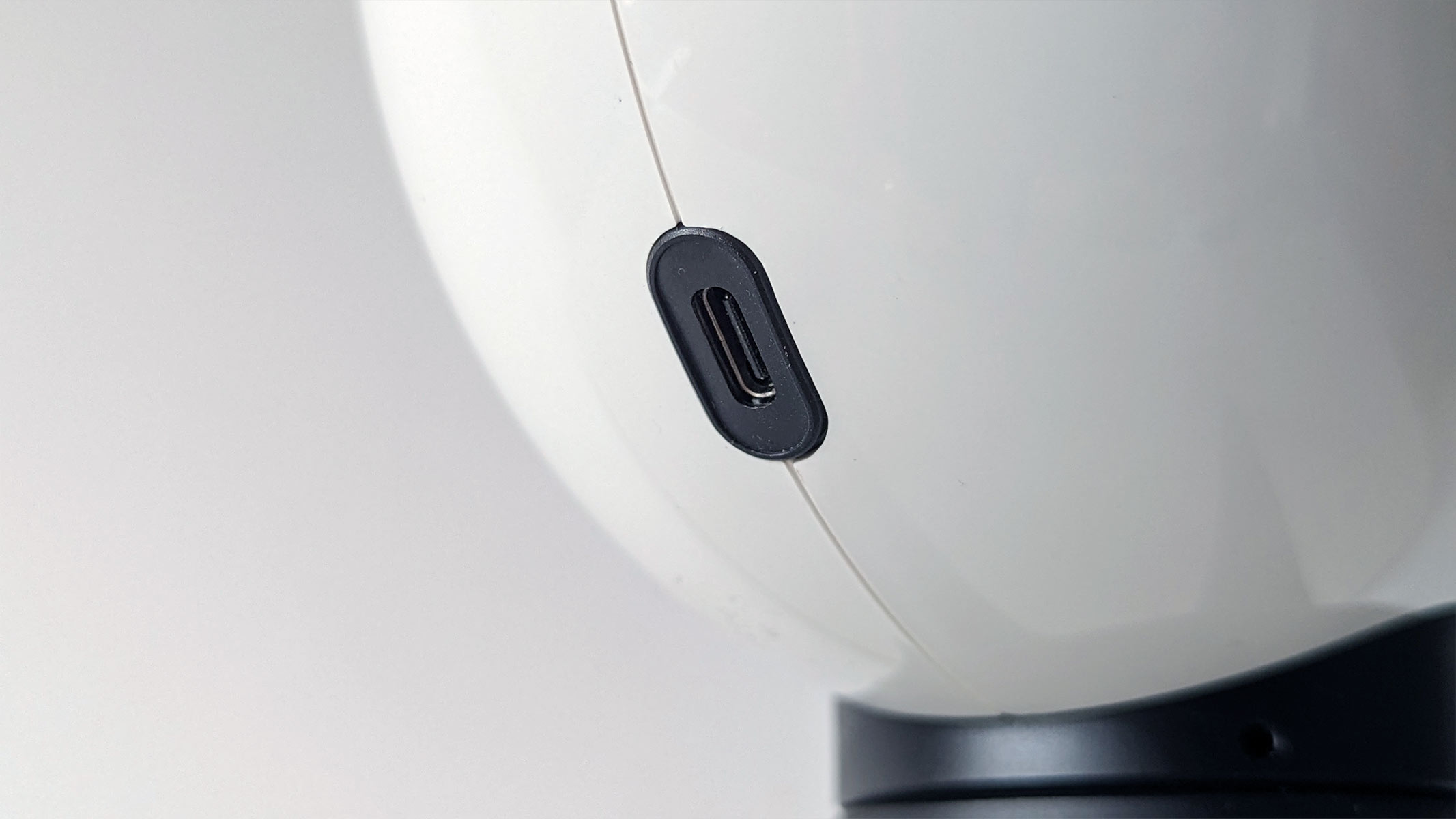
Specifications
Reasons to buy
Reasons to avoid
✅ You want something super lightweight: Weighing less than 13 pounds (6 kg), this is one of the smallest telescopes in our guide
✅ You want to stargaze in the city: We were blown away by how well this telescope works even with streetlights right next to it.
❌ You aren't a technology fan: If you're a traditionalist, you probably won't appreciate the smart features aboard this telescope.
❌ You want long skywatching sessions: The battery here only lasts around four hours, so if you're planning to stay out longer than that, you might want to consider something else — or bring a power supply.
🔎 Vaonis Vespera II: We think this is a fantastic telescope. It's a super lightweight package, has a premium build quality and offers fantastic views. There are some niggles, like the UI of the app, but this really can't be beaten for its price. ★★★★★
While the Vaonis Vespera II is still rather expensive compared to some of the more traditional telescopes in our guide, it's very reasonable for a smart telescope. In fact, we've found that this telescope performs just as well as other smart telescopes costing two or three times as much — a fact that makes this piece of technology an absolute must-buy.
In our Vaonis Vespera II review, we praised the image quality afforded by this smart telescope. If you like to view galaxies and nebulas, you'll be absolutely blown away by the images this telescope can gather for you. Even better, we've found that it works surprisingly well even in the city, with streetlights and other sources of light pollution nearby.
It's worth noting, however, that we've found the images of planets a little disappointing, particularly when trying to get detailed observations.
The Vaonis Vespera II has a rechargeable battery, and you'll get around four hours usage on one charge. That should be fine for most users, but if you were planning a particularly long session you might find it a little restrictive. A power bank is an option, but having more stuff to carry isn't ideal, particularly when portability is the key.
By itself, though, this is a seriously portable telescope. Weighing less than 6 kg, it's one of the smallest on our list, and neatly folds up. Its tripod is a little on the small side, which might be a problem for some, but it's a handy way to keep the package as compact as possible.
- Read our full Vaonis Vespera II review
Attributes | Notes |
|---|---|
Design | Super compact and sleek. |
Performance | Great for viewing nebulas and galaxies, performs well even in the city. |
Functionality | Good smartphone app but could do with better UI. |
Best for planetary views
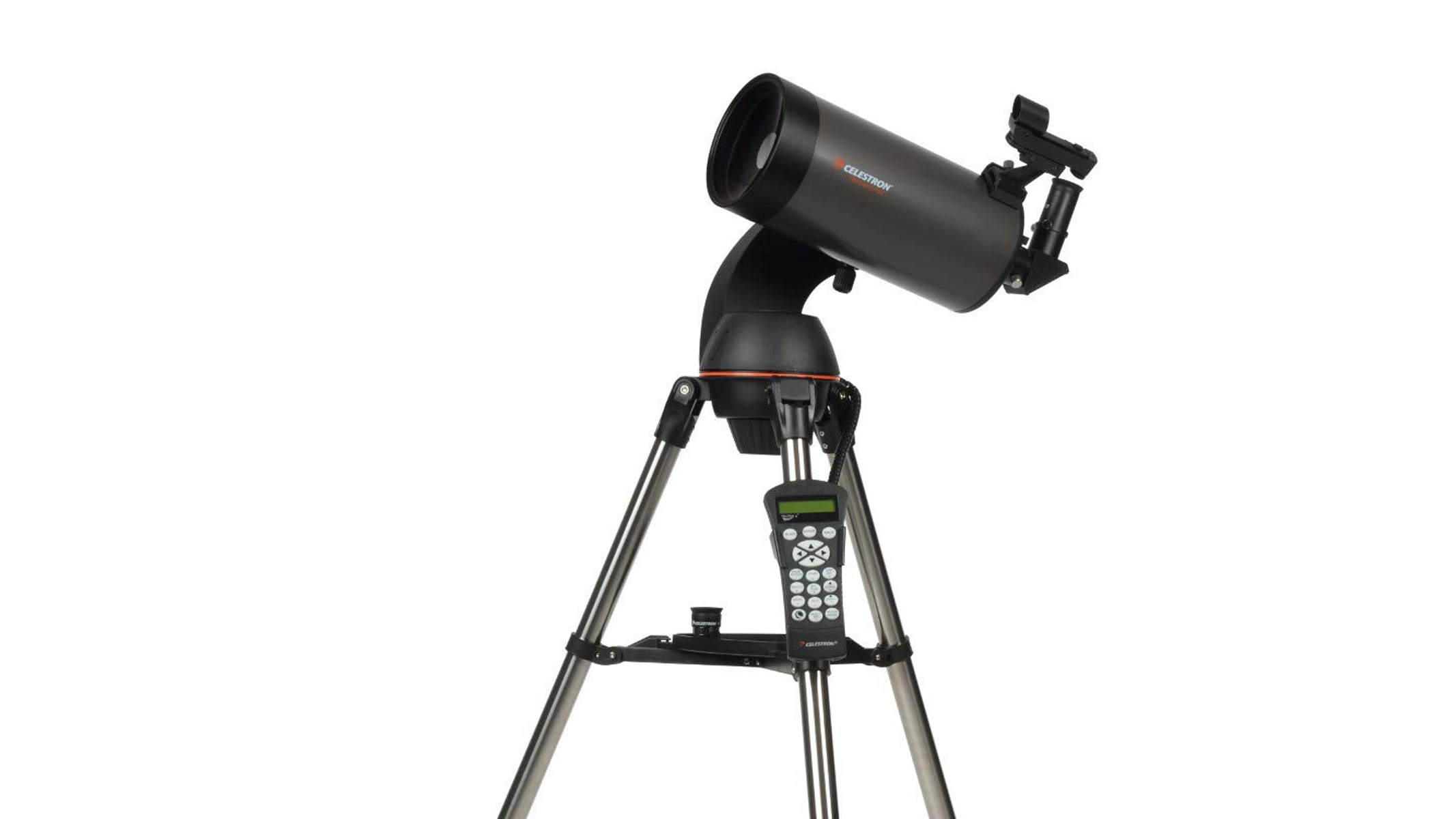
Celestron NexStar 127SLT
Our expert review:
Specifications
Reasons to buy
Reasons to avoid
✅ You mainly want to view the planets: This telescope shines when viewing planets, offering gorgeous sharp and bright views.
✅ You want computerized controls: Finding a target has never been easier than using Celestron's SkyAlign technology.
❌ You prefer deep-sky observations: While this telescope will get decent deep-sky views, there are better options out there, like the Unistellar eVscope 2.
❌ You're on a very tight budget: This telescope is very reasonably priced, but if you're on a shoestring budget, take a look at the Celestron 70mm Travel Scope instead.
🔎 Celestron NexStar 127SLT: This telescope offers fantastic, bright and sharp views of the planets without breaking the bank, but it's lacking a bit for deep-sky views. Its computerized functions are excellent, however, and make astronomy accessible to all. ★★★★½
Perhaps it's out of the budget of complete beginners, but we think the Celestron NexStar 127SLT is very reasonably priced considering the package you get. This is a very good telescope, made with a high-quality optical tube, only let down slightly by a tripod that could be a little sturdier.
Weighing 18 pounds (8.2 kg), it's light enough to transport around, and it's easy to set up and fold down without any fuss. If you're using it away from home, though, bear in mind that it is very battery-hungry and you'll need a good supply of AA batteries to make use of its computerized mount.
The cost of batteries is perhaps worth it, though, because the computerized functions here work excellently. Celestron's SkyAlign technology is very good, and easy to use — you can be up and running in a couple of minutes. The only real downside is that the database includes over 4,000 celestial objects, but not all of them are viewable through the telescope. That's understandable — all Celestron telescopes that use the same technology will access the same database. But it's disappointing to choose a target, only to find the 127SLT is not capable of viewing it.
For deep-sky viewing, some of the brightest objects can be seen through the telescope, but the Celestron NexStar 127SLT really shines when you're viewing planets — you'll get beautifully clear, sharp and detailed views. The telescope is also free of color fringing, which is a big bonus, and sets the optics here apart from others in a similar price bracket.
Attributes | Notes |
|---|---|
Design | High quality tube production, tripod is a little flimsy. |
Performance | Incredible views of planets, no color fringing. |
Functionality | SkyAlign technology is very easy to use. |
Best for kids
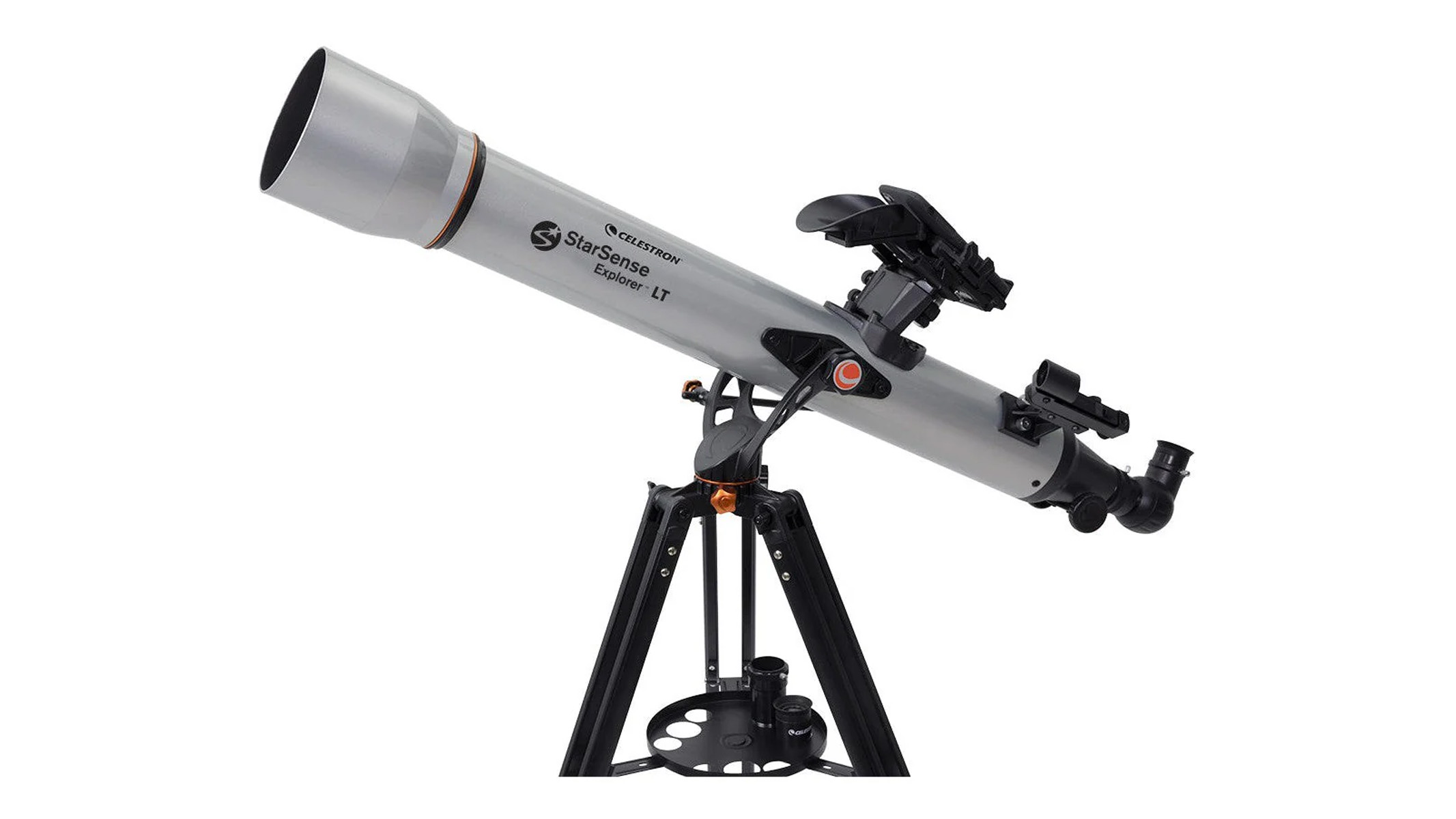
Celestron Starsense Explorer LT 80AZ
Our expert review:
Specifications
Reasons to buy
Reasons to avoid
✅ You're buying a gift for a child: This is a great telescope for beginners, particularly kids.
✅ You want a telescope without computerized functions: This isn't completely without bells and whistles, as you can sync your phone, but it isn't computerized.
❌ You want a computerized telescope: This one can be synced to your phone, but for computerized functions, we'd recommend looking at the Celestron NexStar 127SLT.
❌ You're an experienced astronomer: This telescope is very much aimed at beginners, and experienced stargazers will find it too basic.
🔎 Celestron StarSense Explorer LT 80AZ: We think this is a great telescope for kids, or beginners of any age. It's easy to set up, easy to use and offers great views of the moon and close planets. The app functionality is a nice touch, too. ★★★★
Very budget-friendly and easy to use, the Celestron StarSense Explorer LT 80AZ telescope is a great choice for children wanting their first telescope. It's also a good choice for beginners of any age who want something inexpensive to learn the ropes with.
Out of the box, you'll get everything you need to get set up: there are two eyepieces (25mm and 10mm), a 2x Barlow lens, a red dot finderscope and a smartphone dock.
You can use your smartphone to connect to the StarSense app, which makes finding objects in the night sky easier by presenting a list of everything visible based on your location and the time of night. Unlike a computerized telescope you're still responsible for locating the objects yourself, but it takes out some of the guesswork.
The StarSense app is particularly great if you don't have much astronomy knowledge, as it will provide useful information about what you're looking for. And given the price point of the telescope, it's a fantastic alternative to a GoTo scope.
In terms of views, you won't get much luck viewing deep-sky objects with the Celestron StarSense Explorer LT 80AZ, but if you're wanting to view the moon or nearby planets, it's a great choice. You'll be able to see incredible details of craters, for example, and the telescope's 80mm tube provides surprisingly bright and clear views.
Some users have stated that the build quality is a little lacking here, but given the price point of the telescope, it's about as good as you could expect. As long as you handle it carefully and ensure the tripod is resting on sturdy ground, you should have no issues.
Attributes | Notes |
|---|---|
Design | Very lightweight, easy to set up |
Performance | Great for detailed views of the moon and planets. |
Functionality | Smartphone functionality works very well. |
Best tabletop telescope
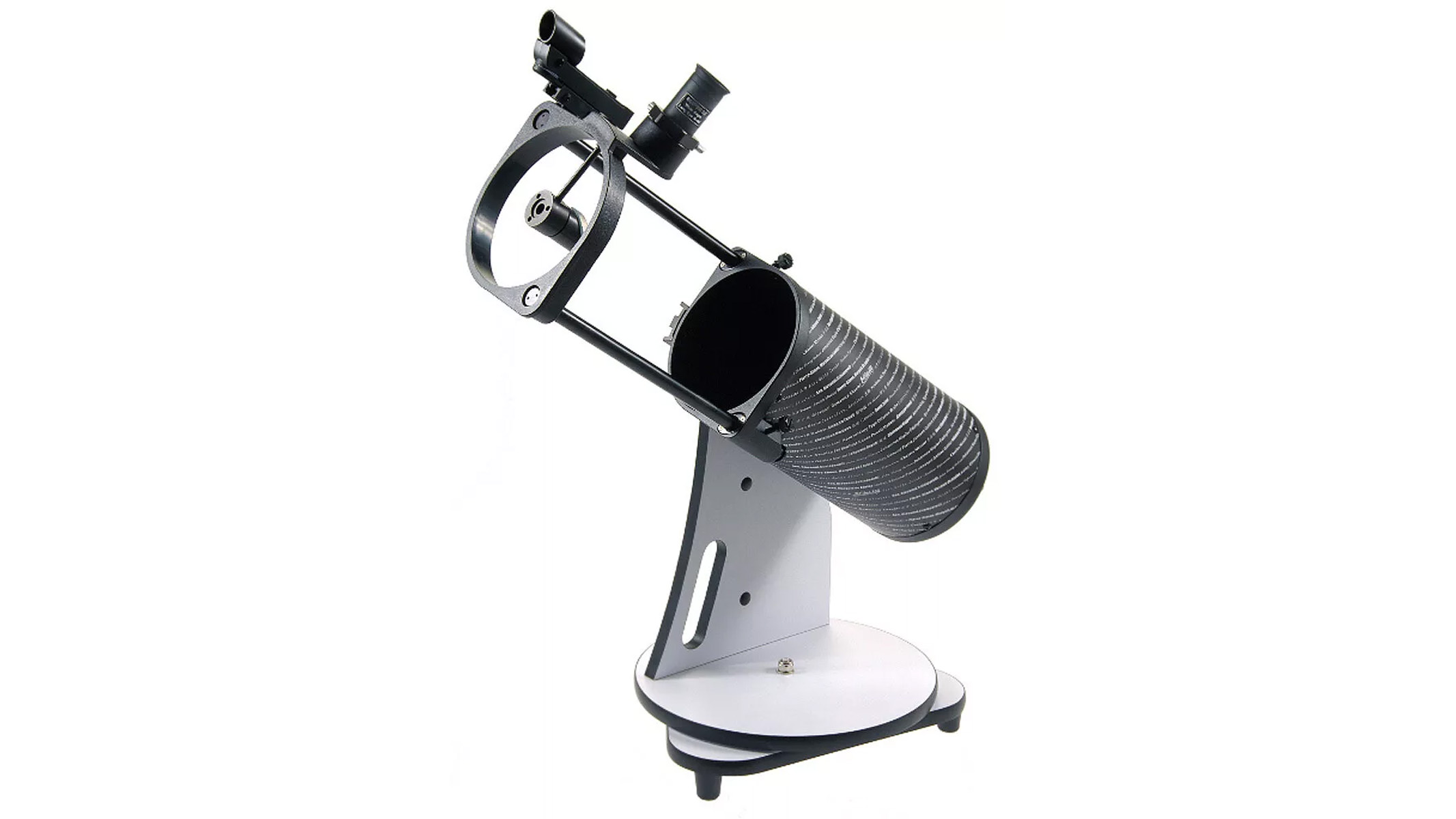
Sky-Watcher Heritage 130P
Our expert review:
Specifications
Reasons to buy
Reasons to avoid
✅ You want a tabletop telescope: A telescope that rests on a table negates the need to set up a tripod.
✅ You want a simple, manual telescope: There are no bells and whistles here.
❌ You want computerized functions: This is a completely manual telescope. Consider the Celestron AstroFi 102 if you want computerized functionality.
❌ You're an advanced user: This is better suited to amateur astronomers. Take a look at the Celestron NexStar 4SE instead.
🔎 Sky-Watcher Heritage 130P: If you're looking for a good quality tabletop telescope, this is a great choice. It offers up some great views and with almost no set-up required, it's ready to go straight out of the box. ★★★★
A tabletop telescope may seem like an odd choice if you're looking for something portable, but we think the Sky-Watcher Heritage 130P is a great choice. It folds up, it comes with a built-in handle, and it weighs only 13.7 pounds (6.2 kg). It's easy to pick up and pop in the back of the car — the only downside is, since this is a tabletop telescope, you'll need somewhere to stand it.
Since it's practically fully assembled, it's ready to go straight out of the box with no complicated set-up required. It's very easy to use, although you won't find any bells and whistles here: Everything is completely manual, and there isn't even a mount for your smartphone. If you want to get back to basics or start out by learning the basics without any assistance, though, the Sky-Watcher Heritage 130P is a great choice for that reason.
You'll be able to get fantastic views of the moon and nearby planets with the Sky-Watcher Heritage 130P. Clear, bright views of deep-sky objects might be a little out of reach, but you'll get impressive views of craters and more. It's sturdy when in place, thanks to the rubberized feet on its base, so it's a great telescope to use as a family, taking it in turns to take a view through its eyepiece.
It comes with two eyepieces in the box — 10mm and 25mm, which offer up 26x and 65x magnification — which are good enough to get started. But it might be worth considering additional eyepieces to further expand the capability of this great, budget-friendly telescope.
Attributes | Notes |
|---|---|
Design | Sleek, minimalist design that is easy to transport. |
Performance | Incredible views of galaxies and nebulas, even in cities. |
Functionality | Live Mosaic capture can boost images to 24 MP. |
Smallest compact telescope
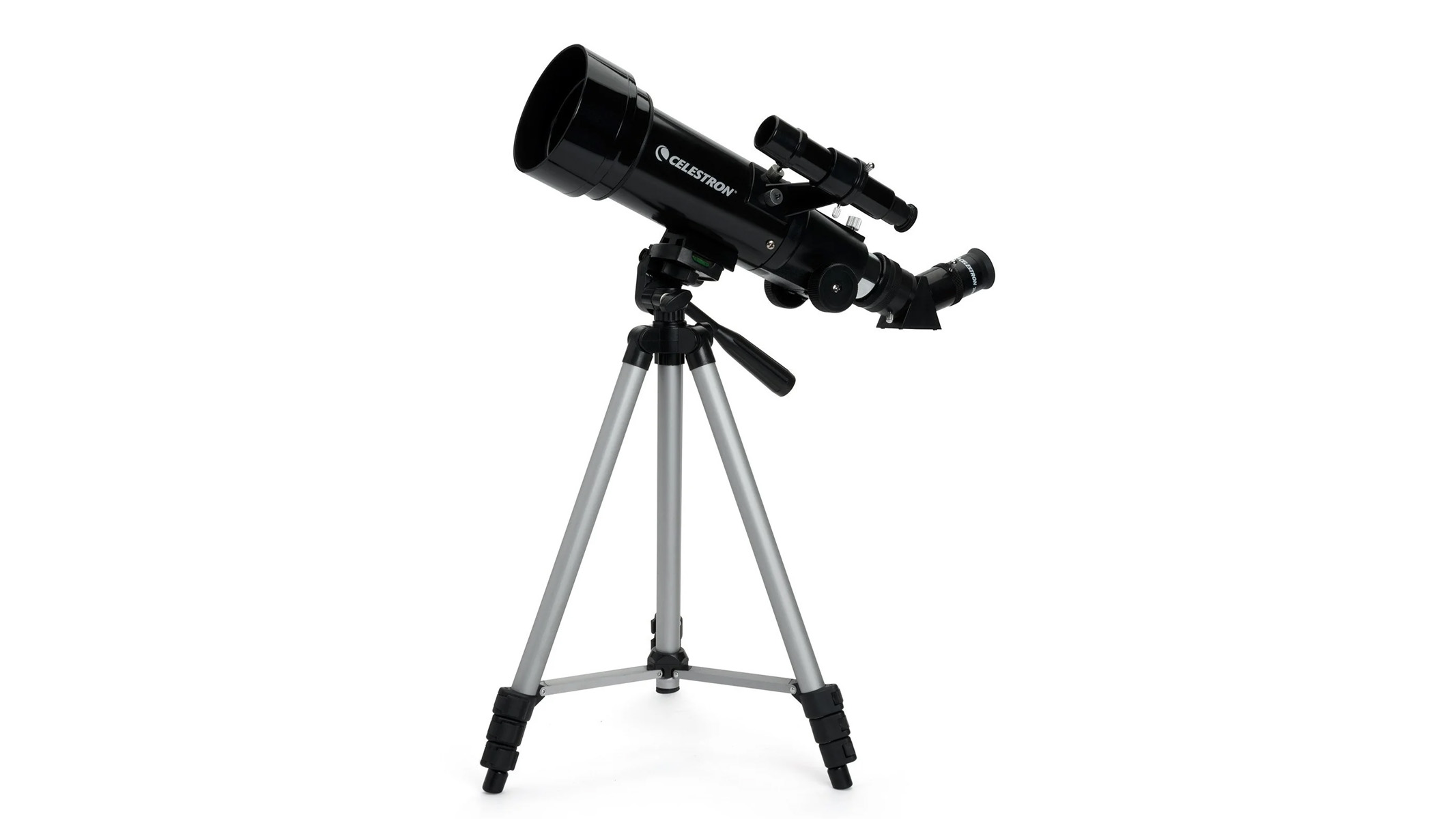
Celestron 70mm travel scope
Our expert review:
Specifications
Reasons to buy
Reasons to avoid
✅ You want the lightest possible telescope: At just 3.3 pounds (1.5 kg), you won't find a quality telescope lighter than this.
✅ You're on a tight budget: This telescope is frequently on sale, and you can pick it up for less than $100. An absolute steal!
❌ You want the best quality views: You're never going to get the best possible views from a $100 telescope. Consider the Unistellar eVscope 2 if you have money to spend.
❌ You want computerized functions: There are none here. Take a look at the Celestron NexStar 127SLT instead.
🔎 Celestron 70mm Travel Scope: As the name suggests, this telescope was made with travel in mind, and you'll struggle to find a smaller, lighter telescope. Despite its small size, though, it offers great views of the moon and planets — and it comes in a handy backpack. ★★★★½
Weighing just 3.3 lbs (1.5 kg), we can hardly imagine a smaller telescope, especially not one that you can take seriously. This is the ultimate telescope for you if portability is the most important factor. And coming from Celestron, one of the best brands in the skywatching space, you know you're going to get a good quality telescope.
Some areas are lacking, sure — this is a telescope that you can buy for less than $100, after all. It has no bells or whistles like computerized functionality or smartphone connectivity, and the tripod could certainly be more sturdy. But for the money, it offers fantastic value; it even comes with a specially-designed backpack to carry it in.
As far as its optics go, you'll get bright, clear views thanks to the fully-coated glass. It's perfect for viewing craters and details of the moon's surface, as well as viewing nearby planets. Some users have also had great success viewing nebulas with this telescope.
We think the Celestron 70mm Travel Scope makes a fantastic beginner telescope, or a great buy for anyone who wants a secondary piece of kit that's very easy to take travelling or even hiking with. Weighing just 1.5kg, this would be a great option for trekking with if you want to view the skies from somewhere hard to reach.
Along with the backback, you get two eyepieces in the box (10mm and 20mm) as well as a 45° erect image diagonal and a 5x24 finderscope. You have absolutely everything you need to get started, then.
Attributes | Notes |
|---|---|
Design | Incredibly small and lightweight. |
Performance | Offers surprisingly good views of the moon and planets. |
Functionality | Flimsy tripod. |
Best small telescopes: Comparison
| Header Cell - Column 0 | Optical design | Aperture | Focal length | Focal ratio | Eyepieces | Total weight | Mount type |
|---|---|---|---|---|---|---|---|
Celestron NexStar 4SE | Maksutov-Cassegrain | 4-inch | 1,325 mm | f/13 | 25 mm | 17.6 lbs (8 kg) | Single fork arm |
Celestron Inspire 100AZ | Refractor | 3.94-inch | 660 mm | f/6.6 | 10 mm, 25 mm | 12.4 lbs (5.62 kg) | Alt-azimuth |
Celestron Astro Fi 102 | Maksutov-Cassegrain | 4.02-inch | 1,325 mm | f/13 | 10 mm, 25 mm | 16 lbs (7.25 kg) | Computerized alt-azimuth |
Unistellar eVscope | Reflector | 4.5-inch | 450 mm | f/4 | Electronic | 19.8 lbs (9 kg) | Computerized GoTo alt-azimuth |
Vaonis Vespera II | Refractor | 2-inch | 250 mm | f/5 | N/A | 12.9 lbs (5.87 kg) | Computerized GoTo alt-azimuth |
Celestron NexStar 127SLT | Maksutov-Cassegrain | 5-inch | 1500 mm | f/12 | 9 mm, 25 mm | 18 lbs (8.2 kg) | Single-arm fork alt-azimuth |
Celestron Starsense Explorer LT 80AZ | Refractor | 3.1-inch | 900 mm | f/11 | 10 mm, 25 mm | 9.1 lbs (4.17 kg) | Alt-azimuth |
Sky-Watcher Heritage 130P | Dobsonian | 5-inch | 650 mm | f/5 | 10 mm, 25 mm | 13.7 lbs (6.2 kg) | Alt-azimuth |
Celestron 70mm travel scope | Refractor | 2.8-inch | 400 mm | f/5.7 | 10 mm, 20 mm | 3.3 lbs (1.5 kg) | Manual alt-azimuth |
| Row 9 - Cell 0 | Row 9 - Cell 1 | Row 9 - Cell 2 | Row 9 - Cell 3 | Row 9 - Cell 4 | Row 9 - Cell 5 | Row 9 - Cell 6 | Row 9 - Cell 7 |
Contributing experts & product testers

Josh Dury Photo-Media AKA 'Starman' is an Award-Winning Landscape Astrophotographer, presenter, speaker and writer from the United Kingdom. His images have been recognized by NASA, APOLLO 11, ESA, TWAN, BBC & CBS amongst others, and he has partnered with Sigma, Benro and NiSi.
His book, "52 Assignments: Night Photography" is out now.
Josh reviewed the Celestron Inspire 100AZ in this guide.

Jase Parnell-Brookes is the Managing Editor for e-commerce for Live Science and Space. Previously the Channel Editor for Cameras and Skywatching at Space, Jase has been an editor and contributing expert across a wide range of publications since 2010. Based in the UK, they are also an award-winning photographer and educator winning the Gold Prize award in the Nikon Photo Contest 2018/19 and named Digital Photographer of the Year in 2014. After completing their Master's degree in 2011 and qualifying as a teacher in 2012, Jase has spent the last two decades studying and working in photography and publishing in multiple areas, and specializes in low light optics and camera systems.
Jase has reviewed the Celestron Astro Fi 102, Unistellar eVscope 2 and Vaonis Vespera II in this guide.
Frequently Asked Questions
What is the best small telescope?
We think the best small telescope is the Celestron NexStar 4SE. It's a great all-rounder and offers excellent value for money without breaking the bank. Weighing 17.6 pounds (8 kg), it's not the lightest telescope, but it's small and lightweight enough to pick up and put in the car to venture to different locations. We love the computerized functions, making stargazing a cinch for newcomers and experts alike.
What type of telescope should I buy?
Before deciding what type of telescope you should buy, it's important to know the difference between different types of telescopes. You'll also need to decide whether you want a traditional experience or if you want computerized functions. A GoTo telescope will automatically slew to an object in the night sky based on whatever data you select in a companion app. A smart telescope will make things even easier for you, with absolutely all functionality taking place within your smartphone.
Your budget may also play a part in what type of telescope you should buy, as smart telescopes tend to have four-figure price tags, and computerized telescopes are more expensive than basic, traditional scopes.
What is the smallest telescope I can buy?
The smallest telescope in our guide is the Celestron 70mm Travel Scope. Weighing just 3.3 pounds (1.5 kg), you'll struggle to find a quality telescope that weighs any less. It even comes with its own backpack to make it as easy as possible to transport.
What telescope is best for viewing planets?
Almost any telescope in our guide is great for viewing planets, but our favorite is the Celestron NexStar 127SLT. This computerized telescope offers absolutely killer views of the planet, and its app functionality makes it very easy to locate them in the night sky.
What telescope is best for viewing the moon?
Most telescopes will offer fantastic views of the moon, but we'd recommend the Celestron Inspire 100AZ. This budget-friendly telescope is great for beginners, it's easy to use, and will give you bright, clear views of the craters of the moon and other details of its surface.
What is the best small telescope for a beginner?
One of the best small telescopes for a beginner is the Celestron 70mm Travel Scope. This impossibly small scope weighs only 3.3 pounds (1.5 kg) and folds up to fit into a backpack. It's easy to use and offers fantastic views of the moon and planets. Costing less than $100, it's a great choice if you're new to astronomy, or if you're just testing the waters of a new hobby and don't want to break the bank. We also love the Celestron Inspire 100AZ for beginners.
How much should I spend on a small telescope?
It's entirely up to you how much you should spend on a portable telescope. You can spend as little as $100 and go for the Celestron 70mm Travel Scope. On the other hand, if money is no object, you can spend four figures on a smart telescope, like the Unistellar eVscope 2. No matter what your budget it, you'll find something to suit.
Where is the best place to use a telescope?
You'll always get the best results when using a telescope away from streetlights and other sources of light pollution. Somewhere rural with clear skies is the ideal place to set up a telescope. But if you live in the suburbs, you will likely get decent views from your backyard.
City dwellers might need to venture further away from home to get good views, although we managed to get some good images near streetlights by using the Vaonis Vespera II.
What should I consider when choosing a small telescope?
If you're specifically looking for a small telescope so you can easily travel with it, you'll want to pay close attention to its dimensions and weight. You'll also want to make sure it easily folds up: Some telescopes even come with their own carry bags to make them easier than ever to transport. Of course, you'll also want to consider cost: Figure out your own budget before you start looking. You can find small telescopes for as little as $100, but obviously better quality equipment will come with a higher price tag.
What's better: a small telescope or binoculars?
Some of the best binoculars for stargazing allow fantastic views of the night sky — and, generally speaking, they're much more portable than telescopes. But telescopes offer much higher magnifications, allowing you to view smaller objects with much more detail. If you are serious about astronomy, we'd always recommend a telescope, but binoculars do offer a worthwhile alternative.
Latest updates
June 30, 2025: Added July stargazing events into the intro.
How we test the best small telescopes



When considering the best small telescopes, first we had to decide on suitable criteria where a telescope could still be considered "small". We ruled out any telescope weighing more than 22 pounds (10 kg), focusing on telescopes that can be lifted by most adults without any real struggle.
After narrowing down by weight, we've then focused on the quality of a telescope. How good are the views it offers? Is it easy to use? Is it well made? Is its tripod sturdy? If it has computerized features, are they easy to use? We judge a telescope based on its brightness and clarity, whether or not its glass is high quality, and whether any visual defects are present, such as color aberration, fringing or darkening around the lens.
Our experienced staff or expert freelancers have thoroughly tested many of the telescopes included in our guide. They'll use them in a range of different conditions and, importantly, transport them from one location to the next to test their portability. Where we haven't published an individual review of a telescope, we've used our knowledge and drawn upon public opinion to make a final judgement.
Get the world’s most fascinating discoveries delivered straight to your inbox.
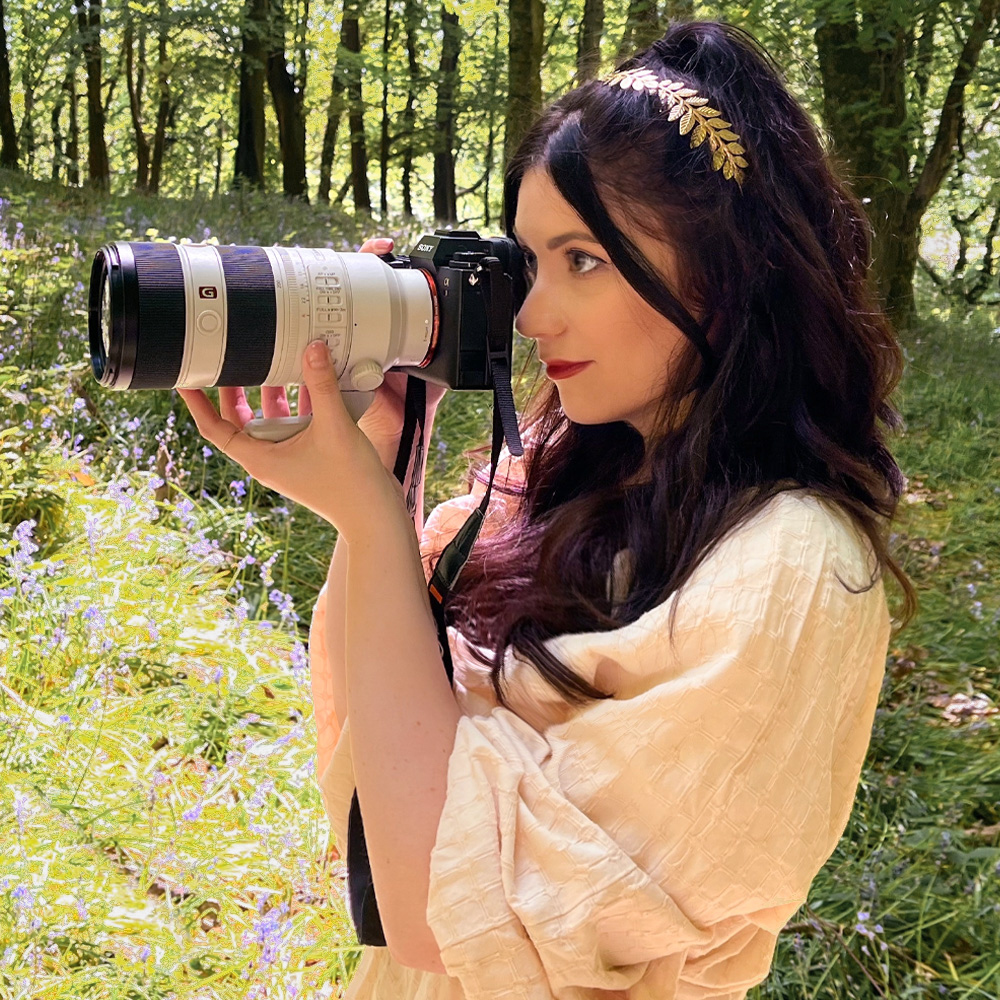
Kimberley Lane, E-commerce writer for Live Science, has tested a wide range of optical equipment, reviewing camera gear from Sony, Canon, OM System and more. With over 6 years of photography experience, her skills span across landscape and seascape photography, wildlife, astrophotography and portrait work. Her photos have been featured in a number of national magazines, including Digital Camera World and Cosmopolitan. She has also contributed to our sister site Space.com and Tech Radar, and she regularly uses binoculars and telescopes to stargaze in the dark skies of South Wales.
- Jase Parnell-BrookesManaging Editor, e-commerce
- Kim SnaithContributing writer


